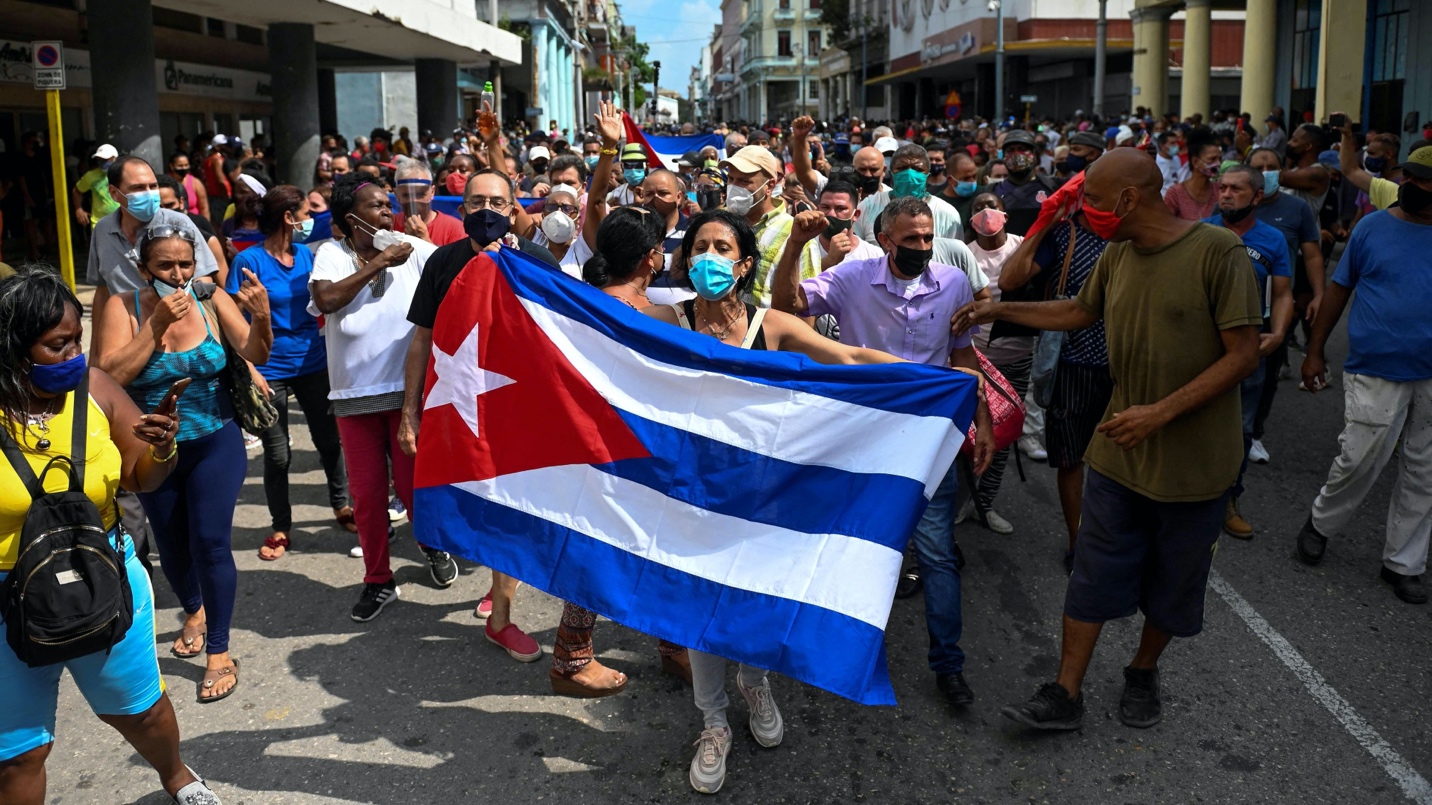
U.S. Media have played up the recent anti-government protests in Cuba as a harbinger of regime change and a reason for U.S. intervention
But they deceitfully hide the fact that anti-government protestors (funded by the U.S. Agency for International Development, the National Endowment for Democracy and CIA) number only a few hundred, whereas pro-government supporters—in defense of the revolution and opposed to U.S. intervention—have been flooding the streets, not by the hundreds, but by the hundreds of thousands
The July 11th protests in Cuba had the Cuban opposition salivating with the hope of once again being the benefactors of an American takeover of the island of 11 million.
As we have seen in the last couple of weeks, this has not been the case. On the contrary, the 17th of July saw more than 100,000 Cubans take the streets of el Malecón in defense of the revolution and against U.S. intervention.
[Source: breakthroughnews.org]
There were also demonstrations in other provinces across the island, altogether dwarfing the U.S.-backed opposition hecklers of the previous week.
Nonetheless, the opposition protests, although insignificant in size and duration (in comparison to the pro-revolution assemblages), have provided fertile ground for Western media to perform their traditional role in setting the stage for the imperial war drums.
The war drums have been played, as Miami Mayor Francis Suarez and the Cuban exile community have urged the Biden administration, to implement a “humanitarian intervention,” one that does not take airstrikes off the table.
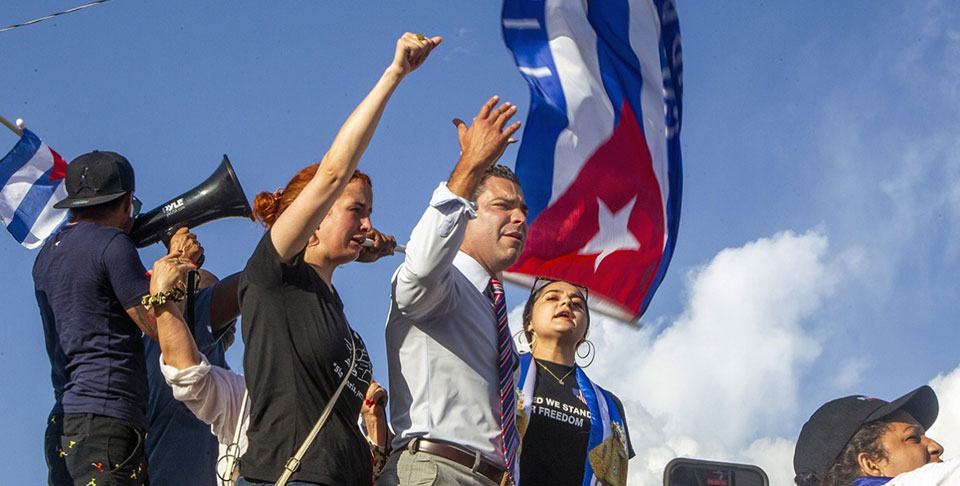
Although a Biden administration pivot toward military intervention does not seem likely, Biden has sustained and expanded on the Trump aggression on Cuba. On July 22nd Biden implemented a series of new sanctions on Cuba and assured that “this is just the beginning.”
Whether this means military intervention is on the table is unknown, but what it confirms is that, without strong pressure from the American Left, his campaign promise to return to the Obama-era relationship with Cuba seems unlikely.
Although the July 11th protests, as Madea Benjamin and Leonardo Flores note, “pale in comparison, both in terms of turnout and in state repression, to mass mobilizations that have rocked Colombia, Haiti, Chile, Ecuador and other Latin American countries over the past few years—or even Portland, Oregon, or Ferguson, Missouri,” they are nonetheless the largest oppositional protests since the 1994 Maleconazo uprising during which Cuba was undergoing what it called el Período especial (the Special Period).
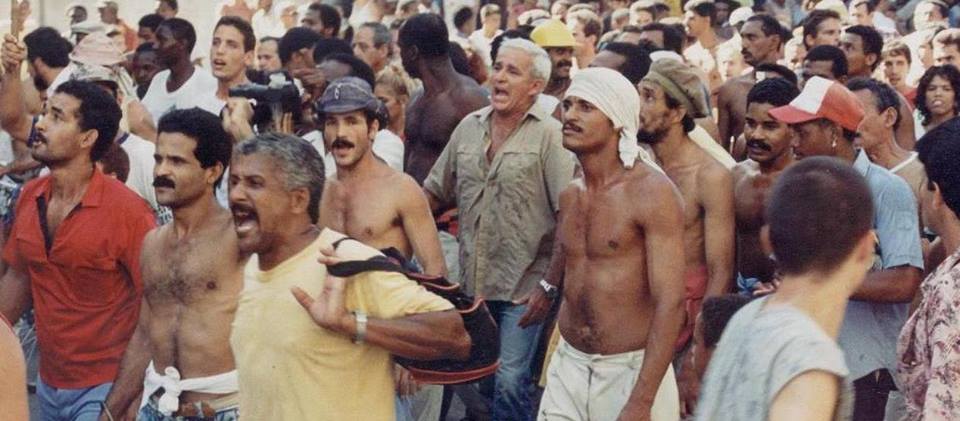
Situating this event in its proper long- and short-term historical contexts is necessary to provide a holistic understanding of it. It is not sufficient merely to point to the Trump administration’s tightening of the blockade, even if we agree that such actions are what immediately generated recent events. Instead, we must understand the blockade itself historically. Only then can we know how and why it is effective.
Conditioned to Be Sweet
Although for centuries Havana was an important port for the Spanish empire, it was not until the 18th century that Cuba became the sugar hub of the world.[1] Starting in 1763, the Cuban export economy was centered around sugar, a process it would sustain for the centuries to come. Forty years before the 1959 revolution “sugar accounted for 82% of Cuba’s export earnings.”[2]
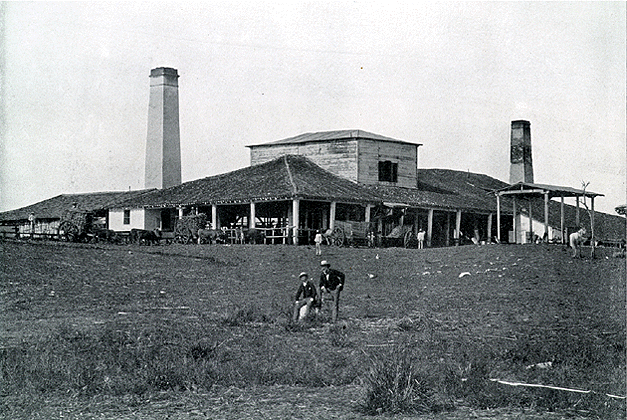
This historically determined sugar dependency shows how the ancestral fingers of colonialism created the precondition for the Cuban economy being at the whim of global sugar price fluctuations. Beyond this, the centuries-long monocropping of Cuba’s economy, coupled with the destructive industrial means through which this monocropping took place, has left Cuba, according to the United Nation’s Environment Programme (UNEP), with “over three-quarters of its 6.6 million hectares of arable land affected by soil erosion.”
As the UNEP states, “The result is that Cuba imports 80 per cent of its food necessities at a cost of nearly two billion dollars a year—a heavy burden for any developing country, especially one that continues to suffer an ongoing economic embargo from a major world power.” In our globalized world every country is dependent on international trade for acquiring the basic necessities for its people.
Just think what would happen to the U.S., a country territorially about 90 times bigger than Cuba (with far greater soil biodiversity), if it were blocked from trading with the rest of the world and put into a commensurable position with the position it has put Cuba in. What would the material conditions in our country be like?
How would this trade limitation affect us in moments of crisis, when basic necessities are scant, and allocation is based on our market logic? If, under our current condition as the global hegemon, we have 42 million people experiencing food insecurity, the famines that would result if we were in Cuba’s shoes are unimaginable. Yet, no such famine has ever occurred in Cuba. Even in the toughest of times, rationing measures have allowed the population to get what it needs to survive.
The Cuban revolution did not come about in a void. Instead, it came about in a country shackled by centuries of plunder, having to face the results of forces that were already in the world before they were thrown into it. In this world, Cuba has international trade as an absolute imperative for its existence. The blockage of this capacity by the world’s largest empire represents a constant existential threat for the island.

Early U.S. Imperialism and Pre-Revolutionary Cuba
In 1898 Cuba ended its century-long anti-colonial struggle against Spain and began its soon-to-be half-century anti-imperialist struggle against the U.S. which, with a sprinkle of yellow journalism, intervened in Cuba’s war against Spain.
For Cuba, this was not just a transition from one master to another. Instead, this transition marked a qualitative leap into a new stage of capitalism, one which Lenin, a couple of decades later, would describe as Imperialism.
From 1898 until the 1959 revolution, Cuba would be militarily occupied three times by the U.S. (1898-1902, 1906-1909, 1917-1922), including a continuous occupation since 1903 of the U.S.’s favorite torture spot, Guantanamo Bay.
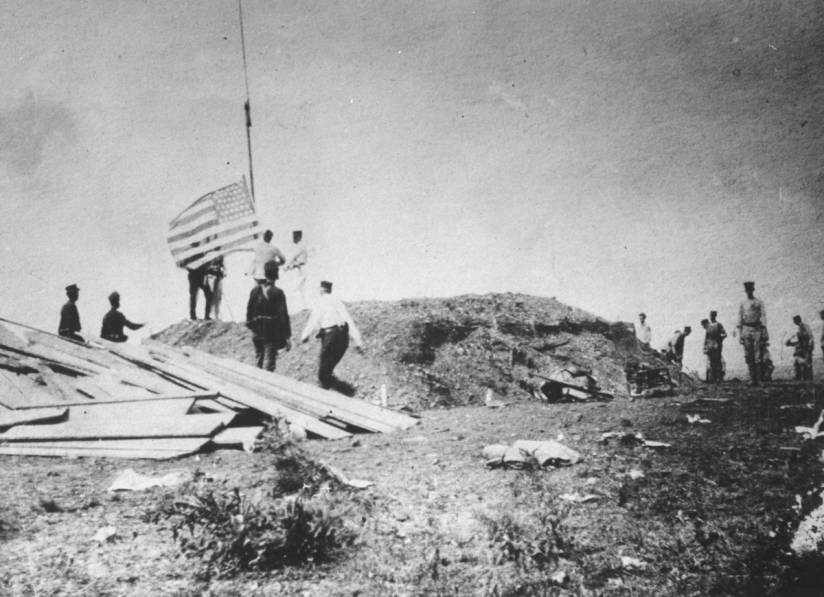
Nonetheless, even before the Cuban War of Independence, the U.S. was already engaging in practices that were making Cuba economically dependent on the U.S. For instance, in 1865, 65% of Cuba’s sugar exports were going to the United States.[3] Cuba’s sugar dependency became inextricably linked to its ability to trade with the U.S.
After 1898 the U.S.-Cuba relationship transcended dependency and entered into complete political-economic supremacy by the U.S. over Cuba. U.S. companies had nearly total control over the central industries in Cuba. For instance, by 1920, 95% of the sugar industry’s harvest was controlled by U.S. investors.[4]
A similar condition existed in other industries, “by the late ’50s, U.S. financial interests included 90 percent of Cuban mines, 80 percent of its public utilities, [and] 50 percent of its railways.” For a small percentage of Cubans, those who compose the first generation of exiles, this condition was a paradise: “In 1946, less than 1% of all Cuban farmers controlled 36% of the farmland, and 8% of the farmers controlled 70% of farmland.”[5]
For the great majority of the population this was a wretched existence, where 93% of rural households lacked electricity, 85% lacked running water, 54% lacked an indoor or outdoor toilet, 96% lacked a refrigerator, and fewer than half of children were enrolled in school.[6]
U.S. control of Cuba allowed the island to become a gangster’s paradise. Havana was the city of sin that would make modern-day Las Vegas look like it was owned by Puritans. A viewing of the classic film The Godfather II should remind one of pre-revolutionary Cuba and the Mafia-loving corruption of U.S.-backed dictator Fulgencio Batista, who had killed about 20,000 Cubans by the time the revolution came to Havana.[7]
It is in this context that the revolution arrived. As Cuban revolutionary folk singer Carlos Puebla said:
Here they thought they could
Continue playing democracy
And the people who in their misfortune
Were being left to die
And to continue in a cruel mode
Not even caring about their form
With robbery as the norm
And that’s when Fidel arrived.
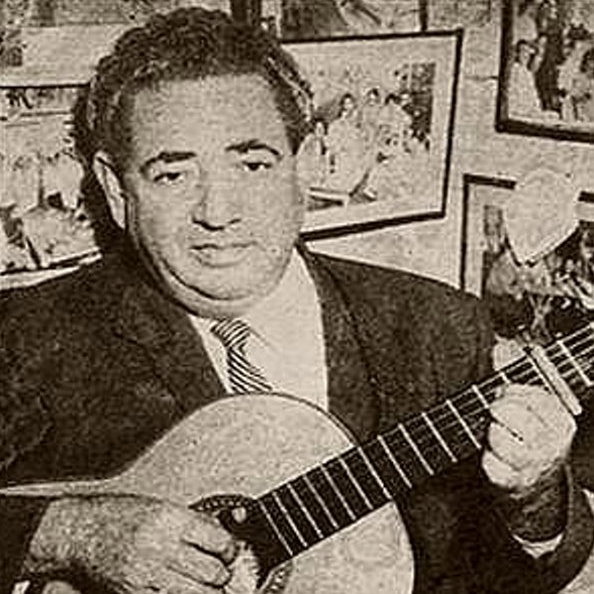
The Revolution, the Blockade, and the Historical Toolbox of Imperialism
Shortly after the triumph of the revolution in 1959, the new revolutionary government would implement an agrarian reform which would distribute land amongst the campesinado and establish limitations for landholdings.
As a cherry on top, these reforms would offer compensation to the previous owners that was “fixed on the basis of its value on the municipal tax rolls prior to October 10, 1958.”[8]

Similar expropriation conditions would be offered to U.S. and other foreign companies in Cuba under the 851, 890, and 891 laws. These en masse expropriations eventually led to the nationalization of all of Cuba’s central resources and industries, establishing conditions where for the first time Cuba would belong to Cubans.
Although a partial embargo (on arms) had already been imposed on Cuba in 1958, in the first couple of years after the revolution the U.S. sustained and expanded it. Each activity the revolutionary government would take to implement distributive measures was met with increased pressure from the expanding embargo. Such increased pressures would often be met with further expropriations.
For instance, the Eisenhower administration prohibited the transport of oil to Cuba, forcing the island to turn to the USSR for imports. Then, as a reaction to “Washington’s orders, multinational oil companies refused to refine the Soviet oil, leaving Cuba no choice but to nationalize the companies.” This back-and-forth culminated in the Kennedy administration’s full implementation of the blockade in 1962.

The Cuban revolution, from its inception, represented a grave threat to U.S. economic and political interest in the region. Such a rejection of U.S. hegemony existing right under the nose of the U.S. was unacceptable in Washington.
Thus, from the outset, the reasons for the blockade have been clear. As Lester Mallory, Deputy Assistant Secretary of State for Inter-American Affairs, wrote in 1960:
“Every possible means should be undertaken promptly to weaken the economic life of Cuba. If such a policy [blockade] is adopted, it should be the result of a positive decision which would call forth a line of action which, while as adroit and inconspicuous as possible, makes the greatest inroads in denying money and supplies to Cuba, to decrease monetary and real wages, to bring about hunger, desperation and overthrow of government.”
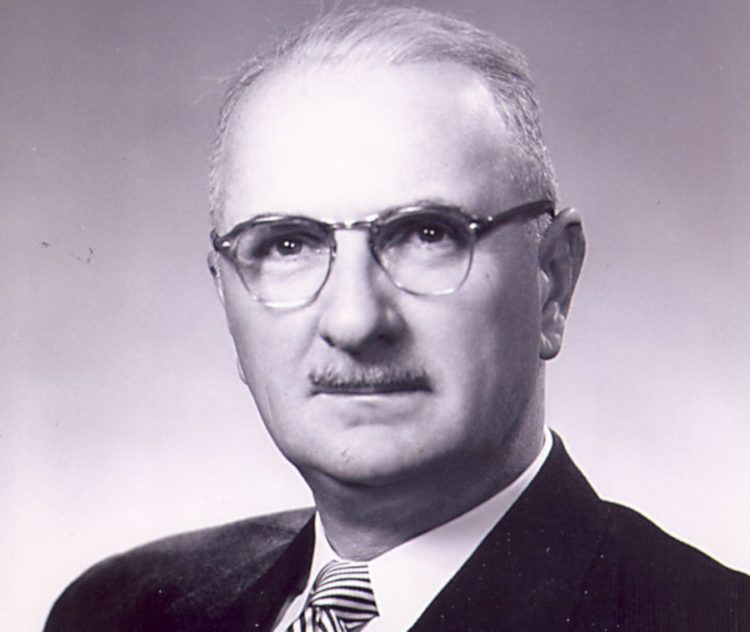
In the same memorandum Mallory stated that “the majority of Cubans support Castro (the lowest estimate I have seen is 50 percent),” and there is “no effective political opposition.” Therefore, “the only foreseeable means of alienating internal support is through disenchantment and disaffection based on economic dissatisfaction and hardship.”
By removing Cuba’s historical and geographically natural trading partner and removing access to the planet’s largest economy to all countries which dared to trade with Cuba, the policy intended to “bring about hunger, desperation and overthrow of government” was in full swing.
Nonetheless, one would be wrong to consider the blockade the only method of force the U.S. has used against Cuba.
Instead, the last 60 years have shown that nothing is off the table, the toolbox of American imperialism is open to anything, from military attacks, attempted assassinations, biological warfare, and terrorism.
Some of these beyond-economic attacks on Cuba include: a) the 1961 Bay of Pigs invasion, squashed within three days; b) the 600+ CIA led unsuccessful attempts on Fidel’s life (some whose creativity is quite laughable); c) ten or so biowarfare attacks, most famously, as CAM reported, the 1971 CIA-orchestrated African Swine Fever virus spread; and d) the backing and funding of groups and individuals who partook in terrorist bombings, the cases of Orlando Bosch and Luis Posada Carriles are perhaps the best known, specifically the latter’s involvement in the 1976 bombing of Cubana Airline’s flight 455 which killed 73 people—both are celebrated figures of the Miami exile community.
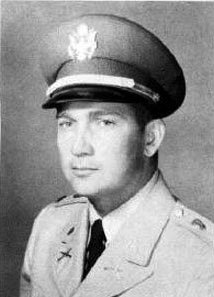
Luis Posada Carriles [Source: wikipedia.org] 
Orlando Bosch [Source: nytimes.com]
As the 1962 Operation Northwoods shows, the U.S. government was considering orchestrating a “Communist Cuban terror campaign in the Miami area, in other Florida cities and even in Washington,” which “would be helpful in projecting the idea of an irresponsible government.”
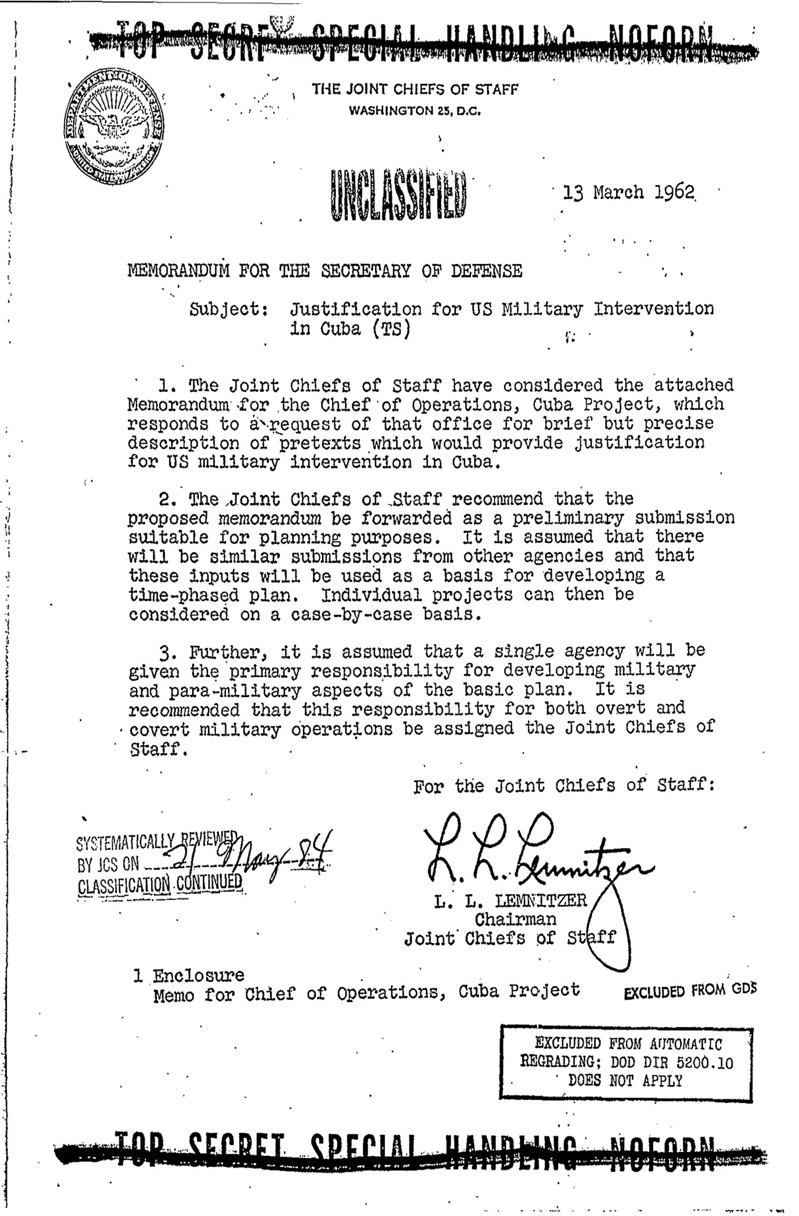
Effectively, the consideration was to terrorize U.S. cities to delegitimize Cuba and justify a full fledged U.S. military intervention. This surface-level assessment of the beyond-economic forces used to topple the Cuban government shows that, for the U.S., the means through which regime change is sought are irrelevant.
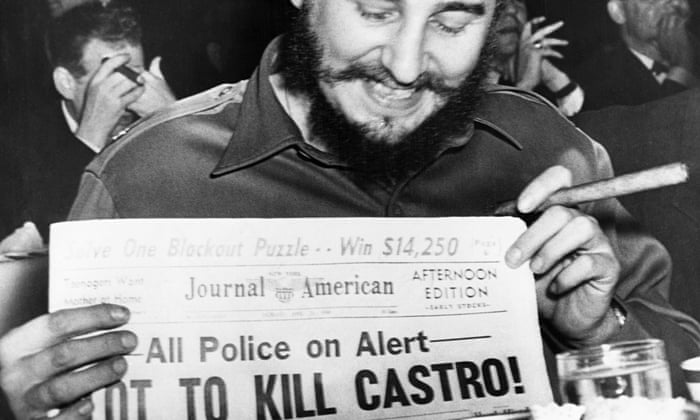
The policy of the U.S. toward Cuba, from the emergence of the revolution until now (with a slight variation during the Obama administration) has been the following: Cuban socialism must be overthrown by any means necessary.
Thus, over the last 60 years Cuba has not only been at the whim of the global market because of inherited colonial-era economic dependencies but, stemming from the breadth of the U.S. empire’s blockade and the variety of regime-change tactics used, it has also been dependent on the existence of a global counter-hegemonic force to American Imperialism. Until the mid-1980s the Soviet Union and the Socialist Bloc provided a global alternative that was necessary to ameliorate the effects of the blockade. With the collapse of the Soviet Union, Cuba was left to fend for itself outside of U.S.-dominated neoliberal capitalism.
Nonetheless, even under the difficulties of the Special Period, Cuba was able to remain a global beacon of hope and, through the devastating economic hardships, it was able to sustain a revolutionary and innovative spirit that kept it alive until solidarity arrived via the election of Hugo Chávez in 1998 and the subsequent “pink-tide” that swept across Latin America, creating the counter-hegemonic force that Cuba needed to re-stabilize itself.
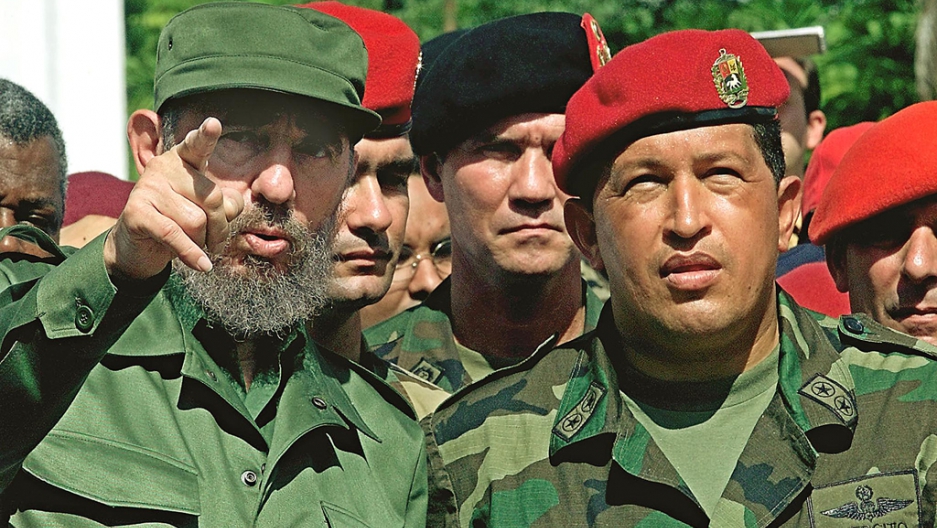
It is a truly impressive feat that, even under such conditions as the ones Cuba suffered in the 1990s, it was still able to develop innovative and sustainable agricultural reforms which served as the precondition for its current state as the “most sustainable developed country in the world.”
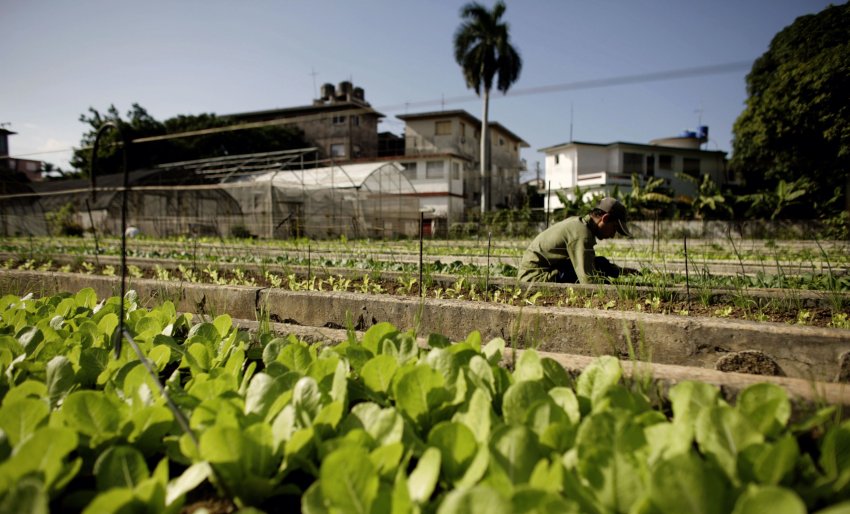
Obama, Trump, and the Pandemic
It would take 55 years from the triumph of the revolution for minimal positive change in the aforementioned U.S.-Cuba relationship to come about. In 2014, though sustaining the economic embargo, the Obama administration would begin normalizing diplomatic relations with Cuba, a process that was mediated with the help of Pope Francis.
This process, known as the Cuban Thaw, saw the easing of travel and export sanctions; the opening of a Cuban government bank account in the U.S., allowing it to free itself of the burden of having to handle financial affairs in cash; the removal of Cuba from the U.S. list of “state sponsors of terrorism”; mutual openings of embassies; Obama’s visit to Cuba, which was the first time a U.S. president had done so since Calvin Coolidge in 1928; and much more.
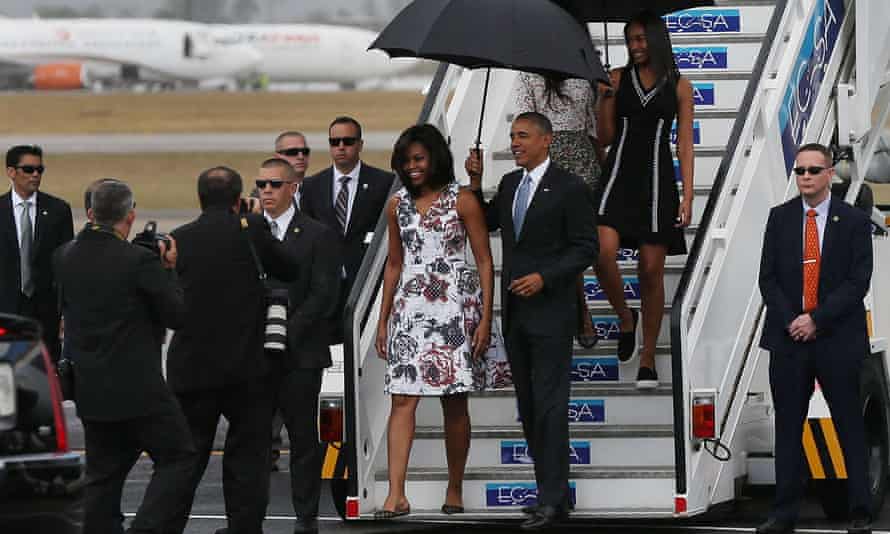
Although this normalization process was mutually beneficial, it was the partial easing of the 60-year-old blockade weight off Cuba’s back that was the most significant. Within a year of the initial moves toward normalization, Cuba would have one of the highest GDP growth percentages in all of Latin America.
With the election of Donald Trump and the backing he received from the Cuban exile community, the minimal advances of the Obama era were rolled back. Trump’s cancellation of the Obama policies toward Cuba included restricting travel to Cuba, banning the sending of remittances, reinstating Cuba to the list of “state sponsors of terrorism,” and implementing 243 new sanctions on the island.
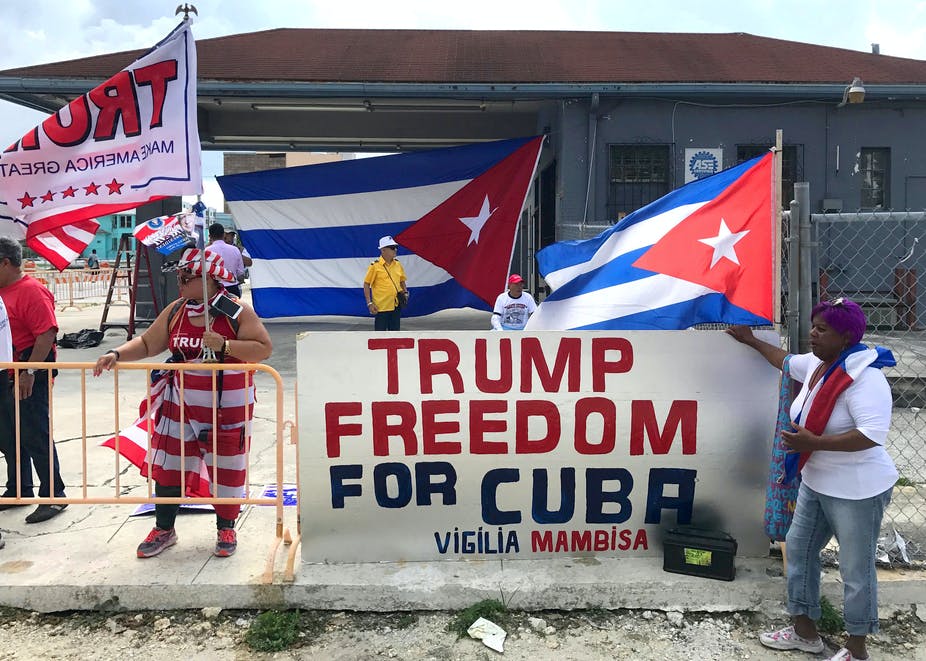
The effects of such measures cost Cuba $9.1 billion between April and December of 2020, a number which rises to about $1,300 billion when accounting for the six decades-long blockade and the dollar’s depreciation against the value of gold in the global market.
It is also important to note that the tightening of the blockade on Cuba comes at a time when its largest trading partner, Venezuela, is also facing dire conditions thanks to a similar blockade and various regime-change efforts.
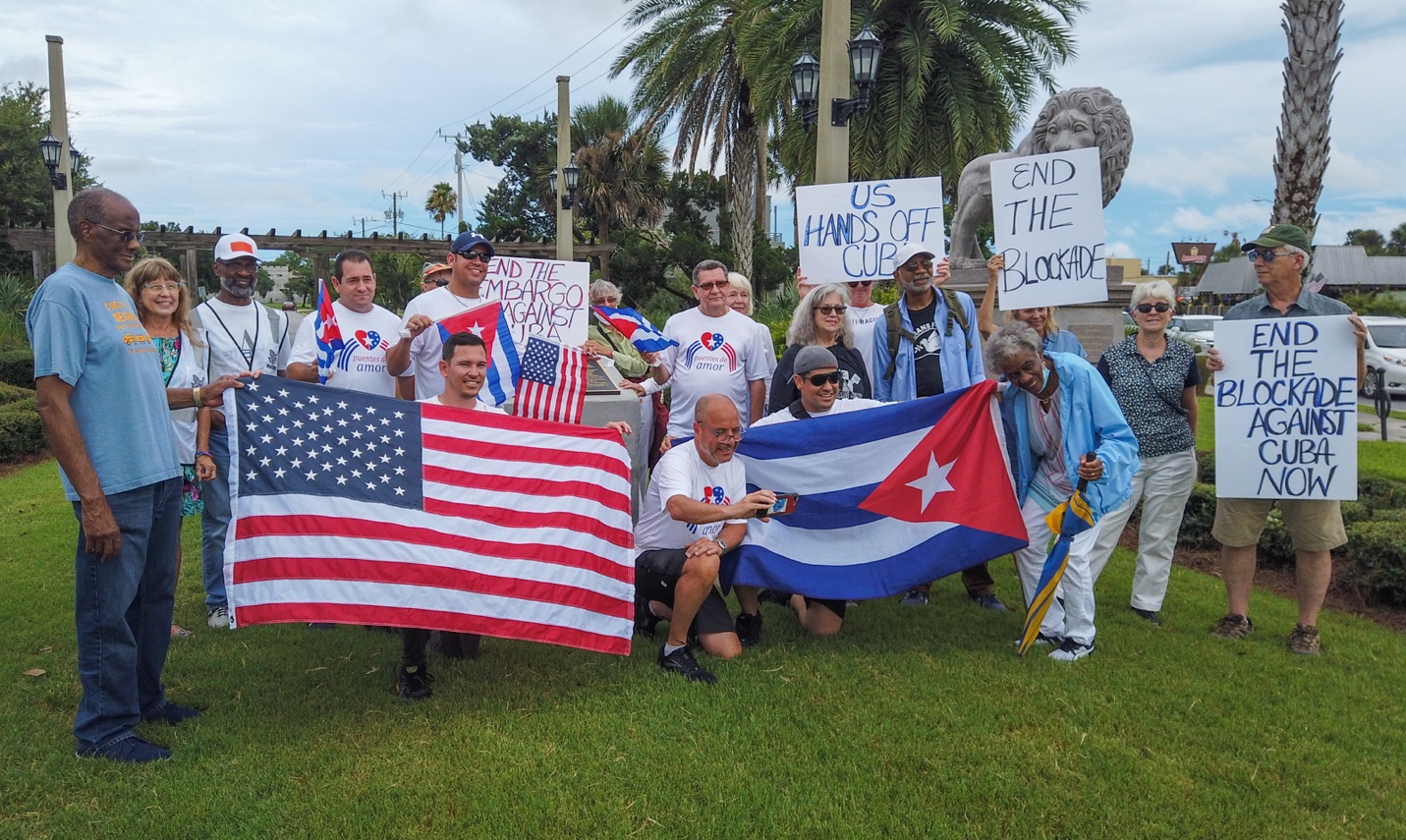
Although an analysis of U.S. imperialism in Venezuela is beyond our scope, it is important to note that a central reason why the tightening of the blockade has been so effective in crippling Cuba also has to do with the pre-established and continued imperial policy against Cuba’s central allies.
While Trump’s maximum pressure strategy toward Cuba was effective in causing economic distress on the island, the emergence of the pandemic would intensify these hardships. The COVID-19 pandemic has been difficult for every country in the world.
In the U.S. millions have lost their jobs, employer-based health insurance, and more than 600,000 have lost their lives. Cuba has had to endure the blockade, the pandemic (resulting in the closing of the border and the commensurate losses to the tourism industry), and the U.S.’s exploitation of the pandemic to increase pressure for regime change.
The combination of the pandemic and the blockade has created a situation where, over the last year and a half, the Cuban government has struggled to procure the basic medical necessities to treat the virus.
For instance, in April 2020, with the pandemic in full swing, the U.S. blocked Cuba’s ability to buy ventilators. In the same month the U.S. would block a shipment of coronavirus aid to Cuba coming from the Jack Ma Foundation. Similar events have occurred throughout the pandemic.
Nonetheless Cuba, as the country with the most doctors per capita, has sent volunteer doctors all over the world to help countries deal with the pandemic. For these efforts the U.S. and its media puppets have produced unsubstantiated allegations of the doctors’ missions as “forced labor” and has urged its allies to refuse Cuban medical aid.
Brazilian president Jair Bolsonaro, who expelled Cuban doctors, quickly begged for their return, as their departure left Brazil’s medical system in egregious condition.

However, the world has not been fooled by these preposterous allegations. For its courageous internationalism which has saved countless lives around the world, the Henry Reeve Brigade, named after an American who fought and died in the first Cuban revolutionary war with the army of liberation, has created a movement for it to receive the 2021 Nobel Peace Prize.
The Protests
On the 23rd of June, the United Nations General Assembly voted on a resolution concerning the U.S.’s embargo on Cuba. As CAM reported, the result was clear: 184 countries voted in favor of lifting the embargo, 2 (U.S. and Israel) voted against.
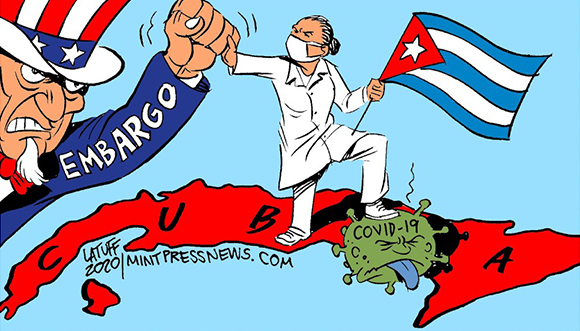
This decision marks the 29th consecutive year that the General Assembly has called for an end to the U.S.’s economic, commercial and financial embargo on Cuba. For 29 years the U.S. has been ignoring the near unanimous will of the world and has continued, as Cuban Foreign Minister Bruno Rodríguez Parrilla stated, a blockade that, “like the virus… asphyxiates and kills.”
This systematic rejection of international will is at the core of the material conditions that led to the events of July 11th.
The policies of the blockade and its intermingling with the conditions of the pandemic have led Cuba to a state where, months before the protests, shortages in various areas arose. As Cuban President Díaz-Canel stated in his speech on the day of the protests:
“This whole situation [blockade + pandemic] caused a situation of shortages in the country, especially of food, medicines, raw materials and supplies to be able to develop our economic and productive processes that at the same time contribute to exports. Two important elements are cut off: the ability to export and the ability to invest resources. And from the productive processes, to then develop goods and services for our population.”
These shortages, manifested through the annoyance of long lines, power outages, and rationing, ensure a quantitative and cumulative process of dissatisfaction.
The U.S. Capitalist media seizes on this dissatisfaction to further indict Cuba’s socialist economy, ignoring the impact of the U.S. blockade and long war on Cuba.
Further ignored is the fact that Cuba, despite a syringe deficit and vaccination slowdown, has produced 5 vaccine candidates, two (Abdala and Soberana) of which have already been shown to be safe and effective.
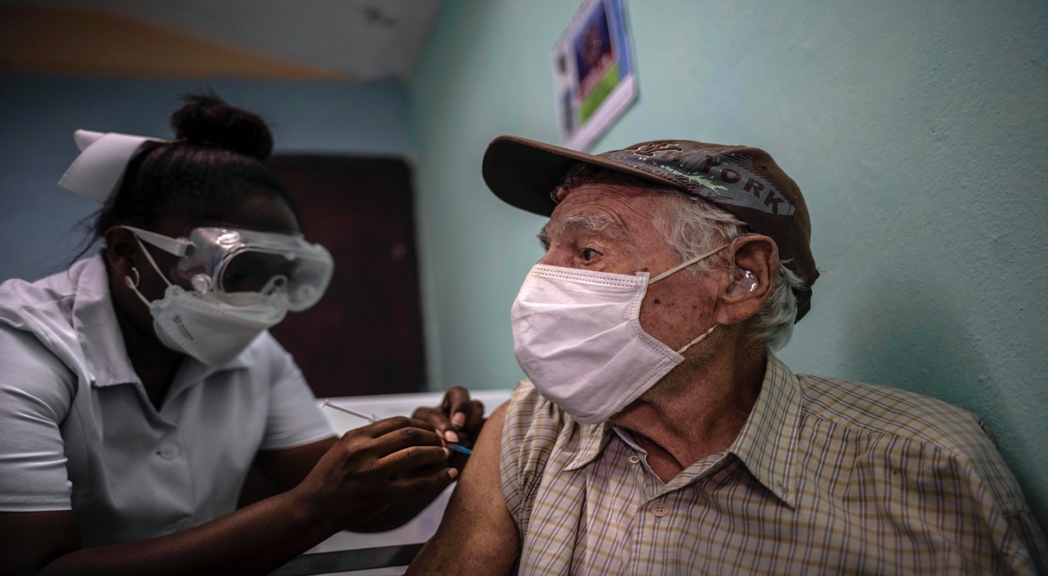
Overlooking the Underlying Source of Malaise
Like in Plato’s allegory of the cave, the July 11th anti-government protesters are capable of seeing only the immediacy of the shadows. In a world limited to only seeing the government’s role in rationing, discourse on the blockade sounds as irrational as the escaped slave explaining to the others what it’s like outside the cave.
Nonetheless, the misguided upheavals were not simply the spontaneous expression of a genuine opposition grounded and influenced solely by the Cuban situation. In these upheavals there exists an externally added variable which organized, funded, and facilitated these rabble-rousings as yeast does to water and flour when baked.
This external variable is the decades-long U.S. funding of the Cuban opposition and its anti-government propaganda media outlets under the 1996 Helms-Burton Act, which allowed television broadcasting from the U.S. into Cuba and also tightened the embargo and permitted Cubans who had become U.S. citizens to sue in U.S. courts anyone who had purchased property once belonging to them in Cuba but was confiscated by the regime after the revolution.
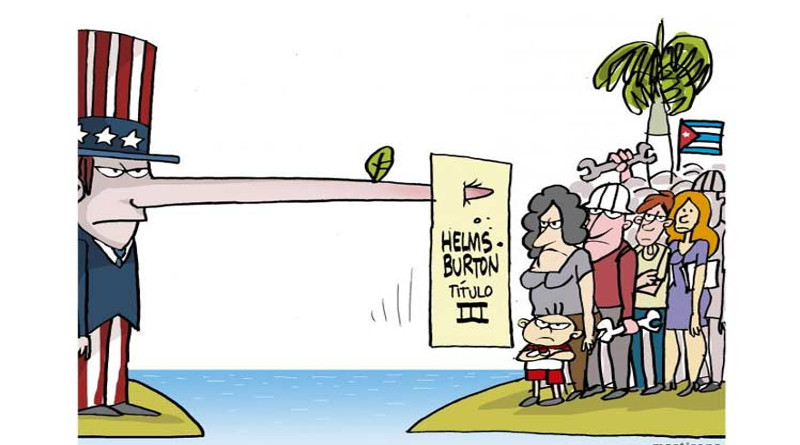
Yankee Meddling
Tracey Eaton, founder of the Cuba Money Project, has found that, between the U.S. Agency for International Development (USAID), the National Endowment for Democracy (NED)—the CIA’s two new fronts—and the U.S. State Department, more than $1 billion has been given to Cuban opposition groups and media, both within Cuba and in the Cuban exile community.
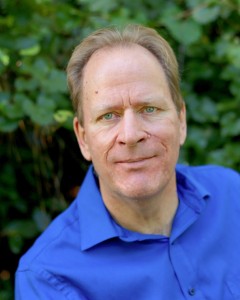
Furthermore, over the last 10 years “more than $300 million of U.S. taxpayers’ money has been wasted for these kinds of purposes.” These opposition funding campaigns have been most successful at enticing the island’s youth through the USAID and NED’s decades-long funding of the Cuban hip-hop scene and groups like Los Aldeanos.

Recently, the San Isidro Movement—whose joint work with Gente de Zona in the song “Patria y Vida” has become the token expression of the recent protests—has been shown to be heavily funded by the NED and USAID. As Max Blumenthal writes,
“Leading members of the San Isidro Movement have raked in funding from regime-change outfits like the National Endowment for Democracy and U.S. Agency for International Development while meeting with State Department officials, U.S. embassy staff in Havana, right-wing European parliamentarians and Latin American coup leaders from Venezuela’s Guaidó to OAS Secretary General Luis Almagro.”
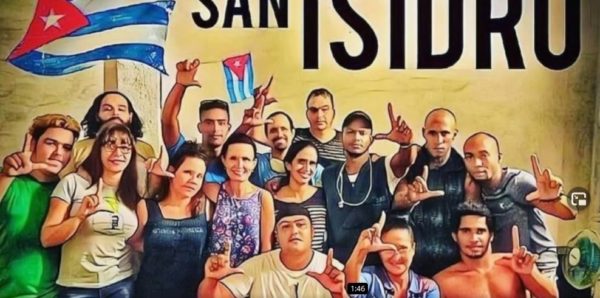
In the era of woke intersectional imperialism, this afro-Cuban “movement” has been the perfect token for the regime-change goons.
Altogether, the uprisings on July 11th have not only had their source in the difficulties created by the combination of the blockade and the pandemic, but also in a heavily funded opposition which was intentionally created by the U.S. to channel the natural distress of the politically unconscious into the streets to protest the government.
It is important to note that the orchestration of the protests by U.S.-funded agents takes place a few weeks after yet another near unanimous vote against the blockade in the United Nations. The protests and the media treatment of it (examined below) help redeem the blockade-justifying narrative of the “Cuban police state” pushed by the U.S. at a time when international opinion is unanimously against the blockade.
People Fail to Come Out
Nonetheless, what is impressive here is how, with the combination of the blockade, pandemic, and U.S.-funded opposition and propaganda campaigns, so few Cubans were at the protests.
Considering the breadth of public and covert tactics used by U.S. imperialism, it has been a laughable defeat to see that all its efforts and spending was only able to materialize into a few thousand hecklers in the streets for less than a day.
These protesters quickly disappeared, given that shortly after Díaz-Canel told revolutionaries to hit the streets. Tens of thousands of them did so—chanting “these are Fidel’s streets,” “I am Fidel, I am Díaz-Canel,” “Homeland or Death,” while waving Fidel portraits and the black and red 26th of July Movement flags—dwarfing the anti-government groups.

Media Disinformation
The MVP (most valuable player) of the July 11th protest must be awarded to the media. Both mainstream and social media coverage of the protests tossed any shred of journalistic integrity aside and showed themselves for what they really are—lapdogs of the American empire whose sole function is to manufacture consent for wars and plunder abroad.
By ignoring the blockade, the U.S.’s exploitation of the pandemic, and the U.S.’s role in funding and organizing the opposition, the media were able to spin the myth that a majority of Cubans were protesting a repressive, one-party dictatorship.
For anyone familiar with the structure of Cuba’s participatory democracy, these “dictatorship” allegations are laughable, especially as they take place on the heels of the 2019 enactment of the citizen-drafted and massively supported socialist constitution.
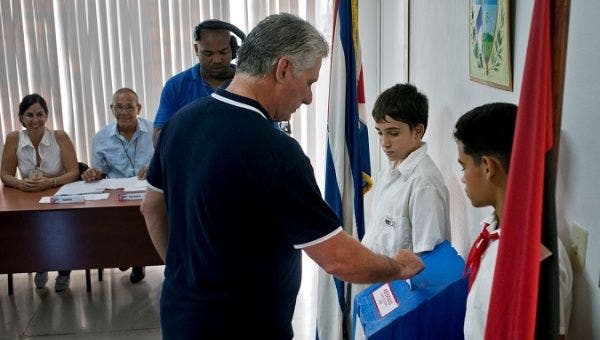
A critique of the audacity and hypocrisy liberal democracies in accusing Cuba of being undemocratic and repressive—governed in reality as dictatorships of capital—is beyond the scope of this essay.
Nonetheless, it is important to ask what standing a government with the largest incarceration rate in the world—with just 4.4% of the world’s population yet approximately 25% of the world’s prisoners—to talk about repression in Cuba?
Similarly, what standing does the government, whose elections are 91% determined by who can raise the most corporate money, have to talk about the problem of democracy in Cuba?
For the media’s coverage of the July 11th protests, nothing was off the table: From fake photos to twitter bots, everything was fair game. For instance, mainstream media outlets like the Guardian, Fox News, Boston Globe, Financial Times, Yahoo! News and NBC’s Today have used images from large pro-government demonstrations in previous years and claimed them to be from the July 11th protests. CNN also used a picture of a rally in Miami and titled it “Cubans Take to Streets in Rare Anti-Government Protest Over Lack of Freedoms, Worsening Economy.”

After public humiliation most of these outlets have removed these “errors,” but their intended effect remained. One must ask: Was this an issue of ignorance or willful action? It seems hard to miss the massive 26th of July Movement flags in the pro-government demonstrations. It also seems unlikely that one would miss the southwest Miami street signs and the red Make America Great Again hats in CNN’s images.
In the case of Fox News any claim of ignorance is preposterous: In its July 13th segment with Ted Cruz, in which he discussed the “bravery” depicted in the images of the protesters, the image that appeared on screen in that moment was of a pro-government rally where the words on the sign—“the streets belong to the revolutionaries”—were intentionally blurred and quickly replaced by a clip of a Miami rally in front of the famous Cuban-cuisine Versailles restaurant in the Little Havana section of the city.
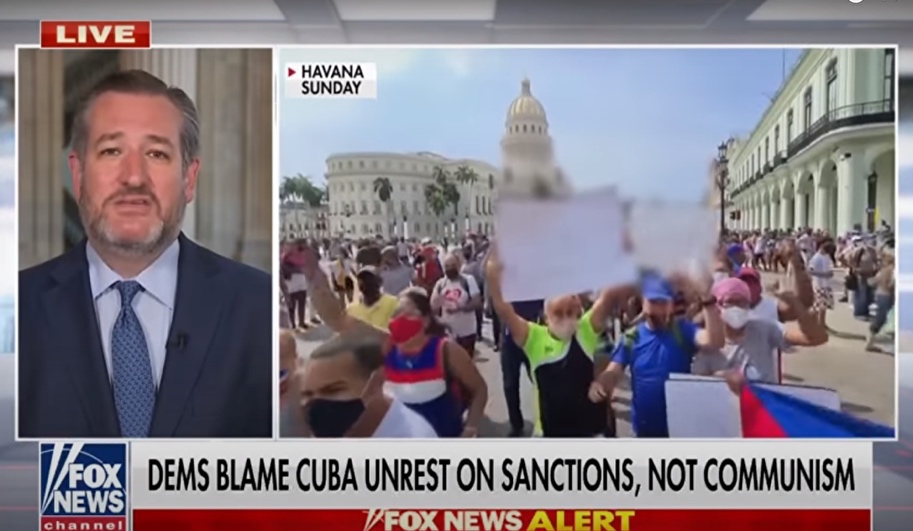
The U.S.-funded Cuban opposition has also been effective in creating false narratives about the protests’ size, police repression, and claims about the destabilizing effect the protests have had on the government.
For instance, photos of mass protests and demonstrations in Washington, D.C. (2007), Egypt (2011) and Argentina (2021) have been used and described as Cuban anti-government protests.
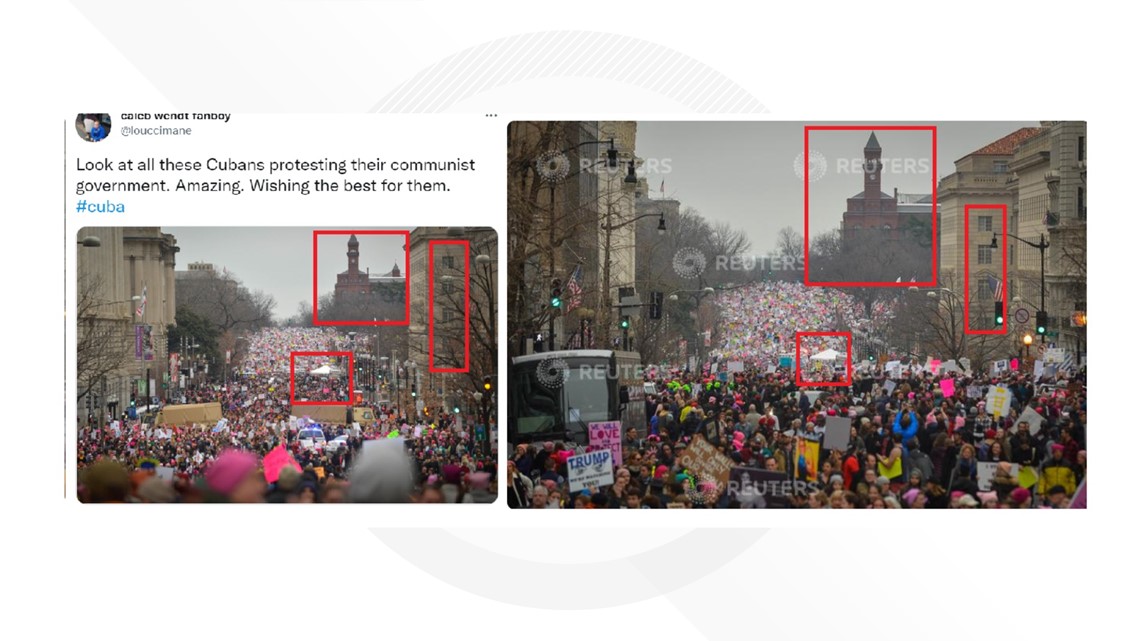
To spark sentimentalism, the opposition has also used photos of an 11-year-old boy who was shot in the face in Caracas, Venezuela, and claimed that the Cuban police shot and killed him.
To intensify the narrative of “police repression,” the opposition has created Facebook groups dedicated to those allegedly lost after being kidnapped or killed by the Cuban police.
These claims have been shown to be false. Such was the case of Juan Carlos Charon, who was alleged to have been killed but who appeared in a phone call with Cubadebate to be quite alive and angry at his image’s tokenization by the Cuban opposition.
One of the most repulsive tactics used has been bribes. As exposed private messages have shown, the Cuban opposition has attempted to bribe Cubans with phone recharging points if they beat themselves up and then make a video claiming the police did it.
Furthermore, there have also been fabricated claims intended to produce the narrative that the government was losing power. For instance, claims were made that, in Camaguey, the “people” had seized power and kidnapped the first secretary of the province’s Communist Party.
This information was quickly disproven by images of thousands of pro-government demonstrators and with an interview conducted with the (supposedly kidnapped) first secretary of the party, who not only affirmed by his presence that he had not been kidnapped but also attested to the conditions in Camaguey as normal.
The opposition has also used a 2015 picture of Raul Castro exiting an airplane for the Third Summit of Latin American and Caribbean States in Costa Rica and declared he had fled to Venezuela because of the protests.

This misinformation campaign was made viral with the “Bay of Tweets” bot campaign. Days before the protests broke out in Cuba, the hashtag #SOSCUBA began to show up on Twitter. On the day of the protests the hashtag started trending thanks to thousands of newly created Twitter accounts that were retweeting it at speeds impossible for mere mortals.
Although a clear violation of Twitter’s “coordinated inauthentic behavior” rules, Twitter allowed the bot scheme to unfold, propelling an en masse campaign to distribute the sort of fabricated information discussed above. Concerning this bot campaign, Cuban Foreign Minister Bruno Rodriguez said he had “irrefutable proof that the majority of those that took part in this (internet) campaign were in the United States and used automated systems to make content go viral, without being penalized by Twitter.”
This would not be the first time the U.S. has used a social media bot campaign to push regime change, as Ben Norton noted last year when the same tactic was used to prop up the right-wing opposition in Bolivia, Venezuela, and Mexico. For instance, during the 2019 coup in Bolivia, there were 68,000 fake Twitter accounts made to support the coup.
Conclusion
For the U.S., as we have seen, the “by any means necessary” philosophy remains intact in its regime-change efforts in Cuba. The plot laid out more than 60 years ago by Lester Mallory continues today: Starve the population and agitate around their dissatisfaction.
Although new equipment has been added, the David and Goliath battle—a gigantic empire dripping in blood and dirt vs. a small, autonomous, socialist, and internationalist island 90 miles away—remains.
On July 23rd, an open letter entitled “Let Cuba Live,” signed by 400 prominent activists, scientists, intellectuals, and artists urging Biden to remove the criminal blockade on Cuba, appeared in The New York Times.
As folks living within the empire, now is not the time to criticize Cuba or measure its deficiencies against our ideals. Now is the time to stand in solidarity with the Cuban people and their revolution.
This requires doing everything in our power to push the Biden administration to end the blockade. The words of the late Howard Zinn ring as true as ever today—“you can’t be neutral on a moving train.”

-
Franklin W. Knight, Slave Society in Cuba during the Nineteenth Century (Madison: University of Wisconsin Press, 1970), p. 3. ↑
-
Carmen G. Gonzalez, “Seasons of Resistance: Sustainable Agriculture and Food Security in Cuba.” Tulane Environmental Law Journal. Vol. 16 (2003), pp. 685-732, p. 692. ↑
-
Ibid. ↑
-
Hugh Thomas, Cuba Or the Pursuit of Freedom (Boston: Da Capo Press, 1998), p. 557. ↑
-
Gonzalez, “Seasons of Resistance,” p. 694. ↑
-
Ibid., pp. 692-3. ↑
-
Leo Huberman and Paul M. Sweezy, Cuba: Anatomy of a Revolution (New York: Monthly Review Press, 1960), p. 29. ↑
-
Richard C. Allison, “Cuba’s Seizures of American Business,” American Bar Association Journal, Vol. 47, No. 1 (1967), pp. 48-51. ↑
CovertAction Magazine is made possible by subscriptions, orders and donations from readers like you.
Blow the Whistle on U.S. Imperialism
Click the whistle and donate
When you donate to CovertAction Magazine, you are supporting investigative journalism. Your contributions go directly to supporting the development, production, editing, and dissemination of the Magazine.
CovertAction Magazine does not receive corporate or government sponsorship. Yet, we hold a steadfast commitment to providing compensation for writers, editorial and technical support. Your support helps facilitate this compensation as well as increase the caliber of this work.
Please make a donation by clicking on the donate logo above and enter the amount and your credit or debit card information.
CovertAction Institute, Inc. (CAI) is a 501(c)(3) non-profit organization and your gift is tax-deductible for federal income purposes. CAI’s tax-exempt ID number is 87-2461683.
We sincerely thank you for your support.
Disclaimer: The contents of this article are the sole responsibility of the author(s). CovertAction Institute, Inc. (CAI), including its Board of Directors (BD), Editorial Board (EB), Advisory Board (AB), staff, volunteers and its projects (including CovertAction Magazine) are not responsible for any inaccurate or incorrect statement in this article. This article also does not necessarily represent the views the BD, the EB, the AB, staff, volunteers, or any members of its projects.
Differing viewpoints: CAM publishes articles with differing viewpoints in an effort to nurture vibrant debate and thoughtful critical analysis. Feel free to comment on the articles in the comment section and/or send your letters to the Editors, which we will publish in the Letters column.
Copyrighted Material: This web site may contain copyrighted material the use of which has not always been specifically authorized by the copyright owner. As a not-for-profit charitable organization incorporated in the State of New York, we are making such material available in an effort to advance the understanding of humanity’s problems and hopefully to help find solutions for those problems. We believe this constitutes a ‘fair use’ of any such copyrighted material as provided for in section 107 of the US Copyright Law. You can read more about ‘fair use’ and US Copyright Law at the Legal Information Institute of Cornell Law School.
Republishing: CovertAction Magazine (CAM) grants permission to cross-post CAM articles on not-for-profit community internet sites as long as the source is acknowledged together with a hyperlink to the original CovertAction Magazine article. Also, kindly let us know at info@CovertActionMagazine.com. For publication of CAM articles in print or other forms including commercial internet sites, contact: info@CovertActionMagazine.com.
By using this site, you agree to these terms above.
About the Author

Carlos L. Garrido is a Cuban American philosophy graduate student and professor at Southern Illinois University, Carbondale.
He is an editorial board member and co-founder of Midwestern Marx and the Journal of American Socialist Studies.
Carlos can be reached at: carlos.garrido@siu.edu.
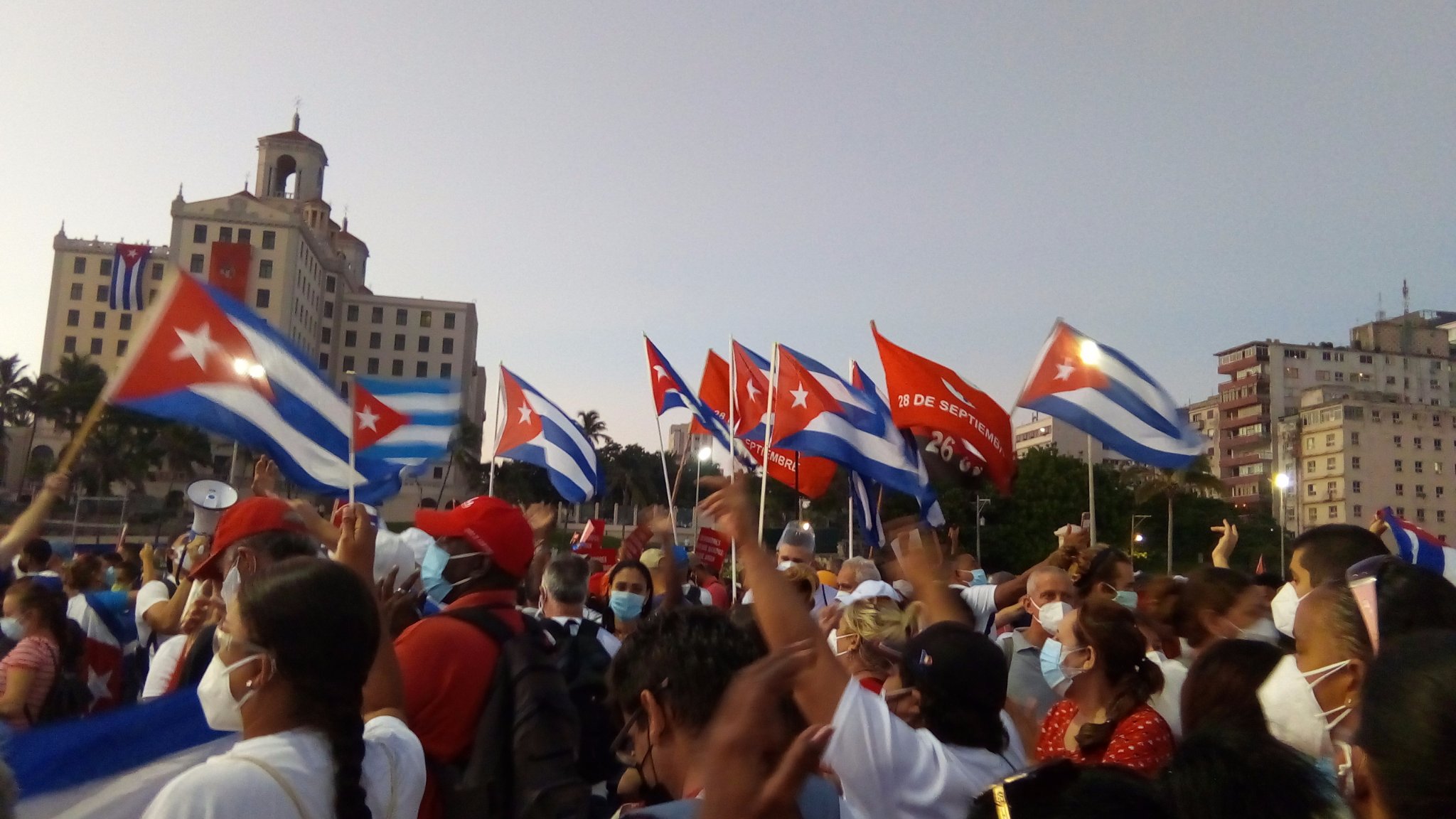
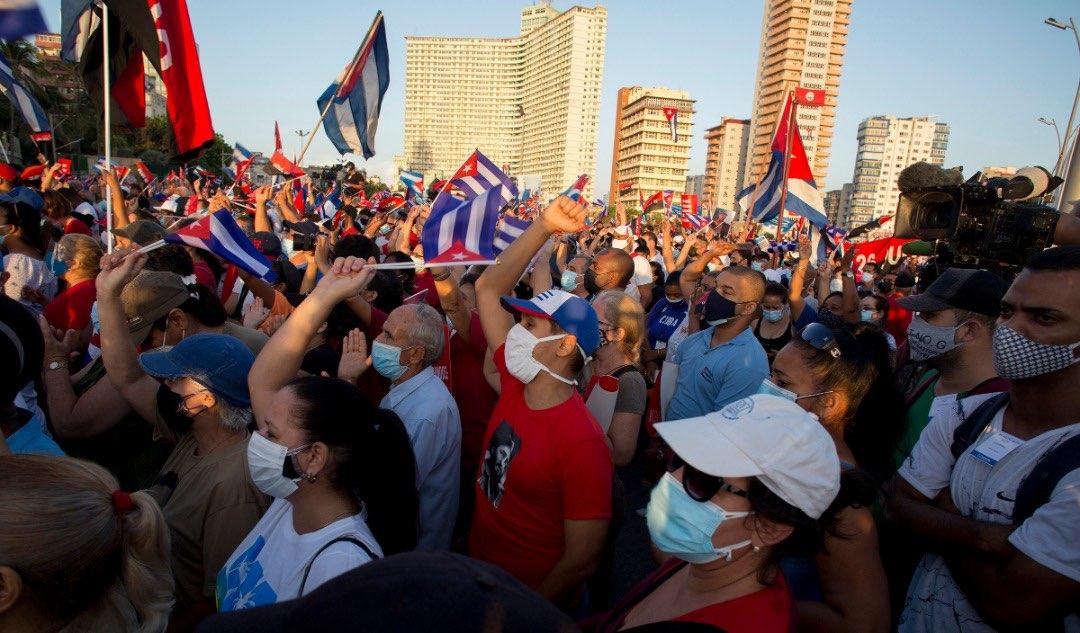
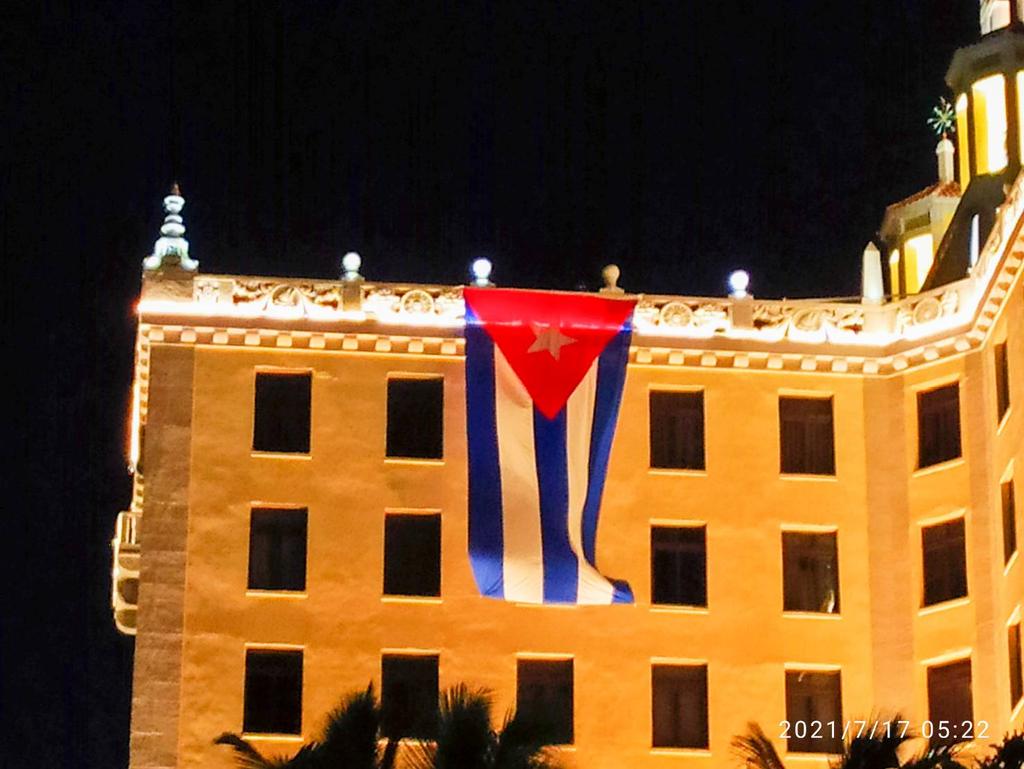
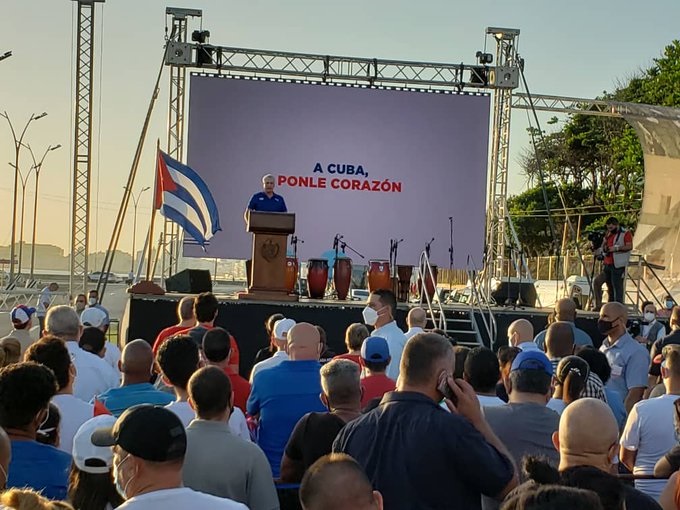
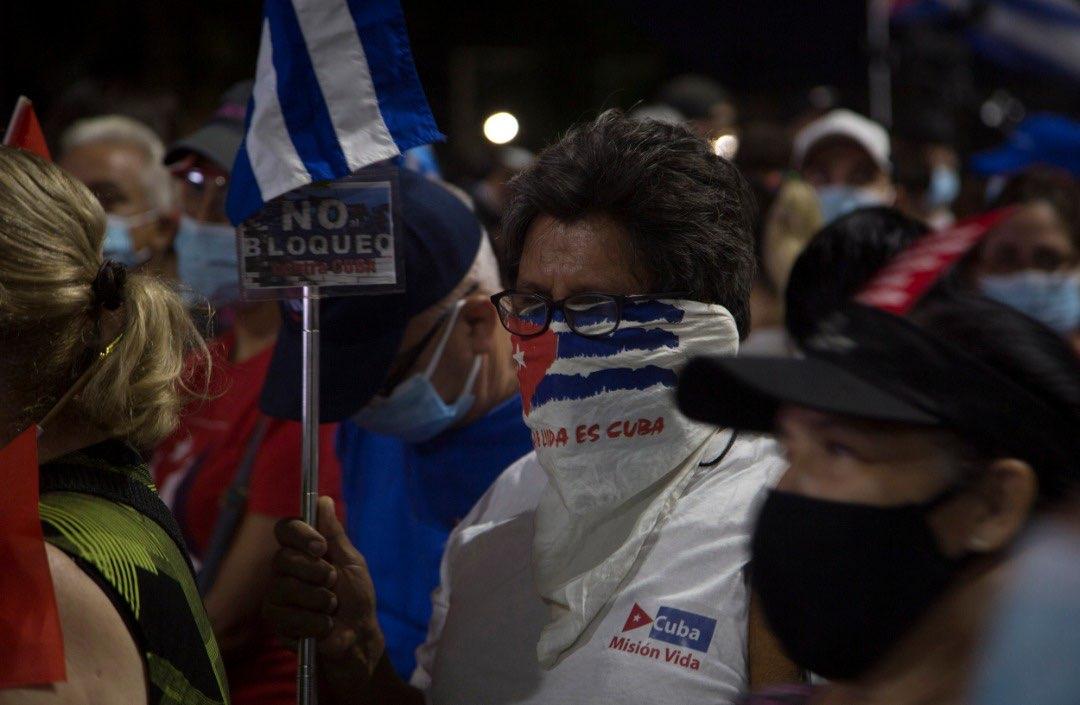
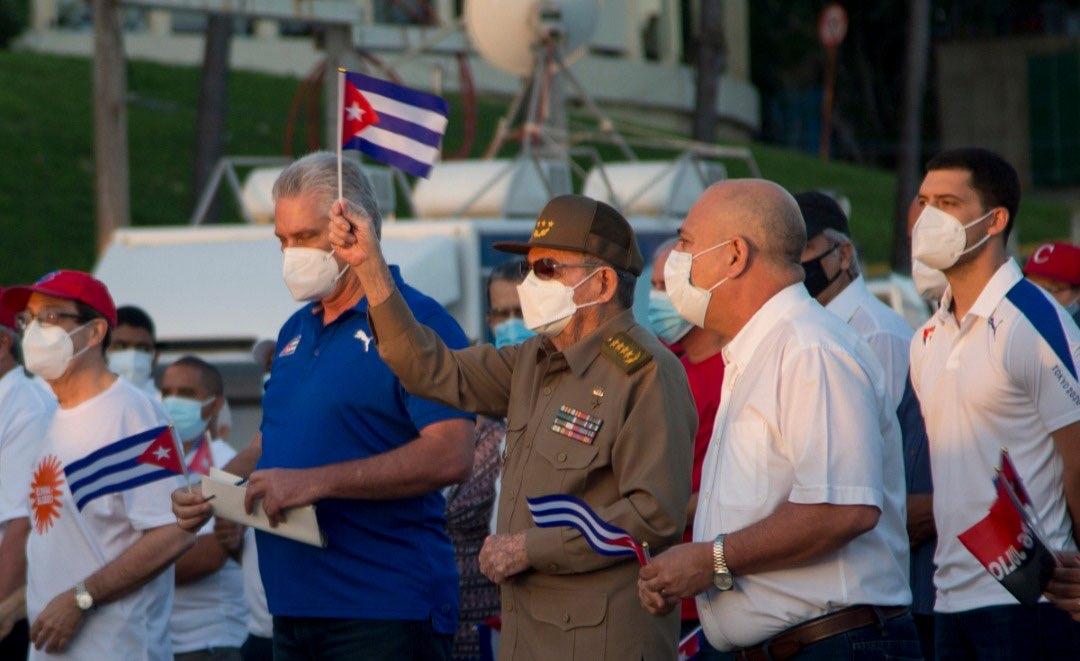
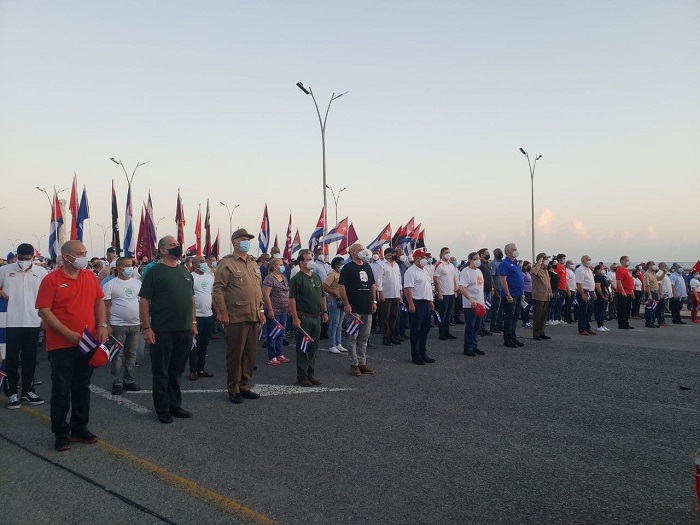
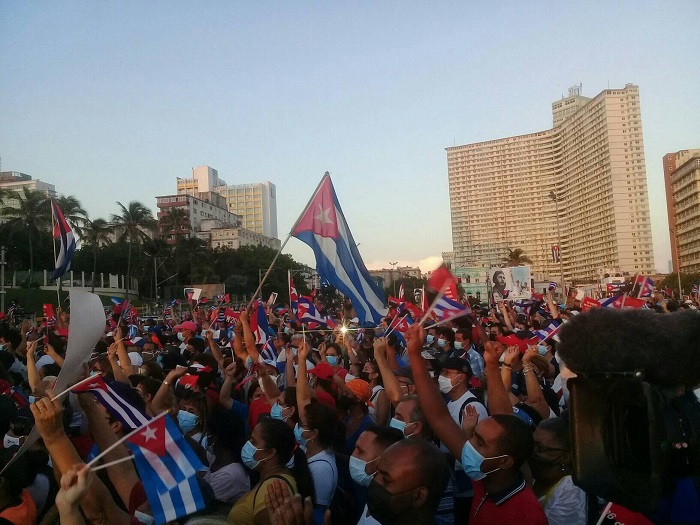
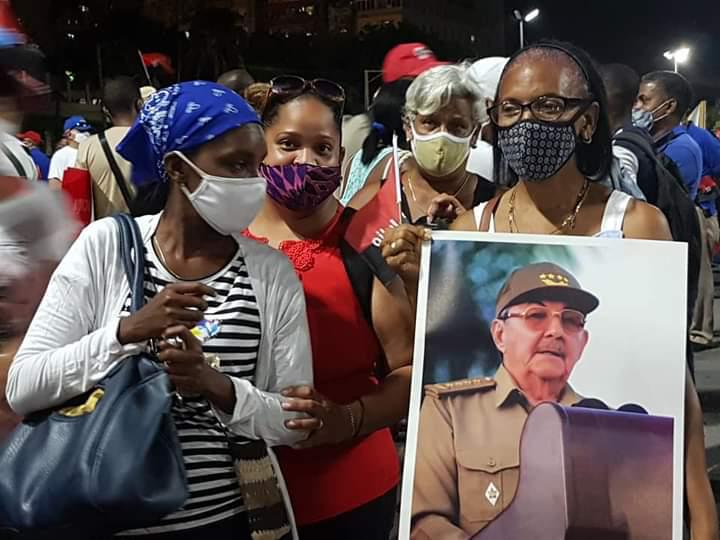
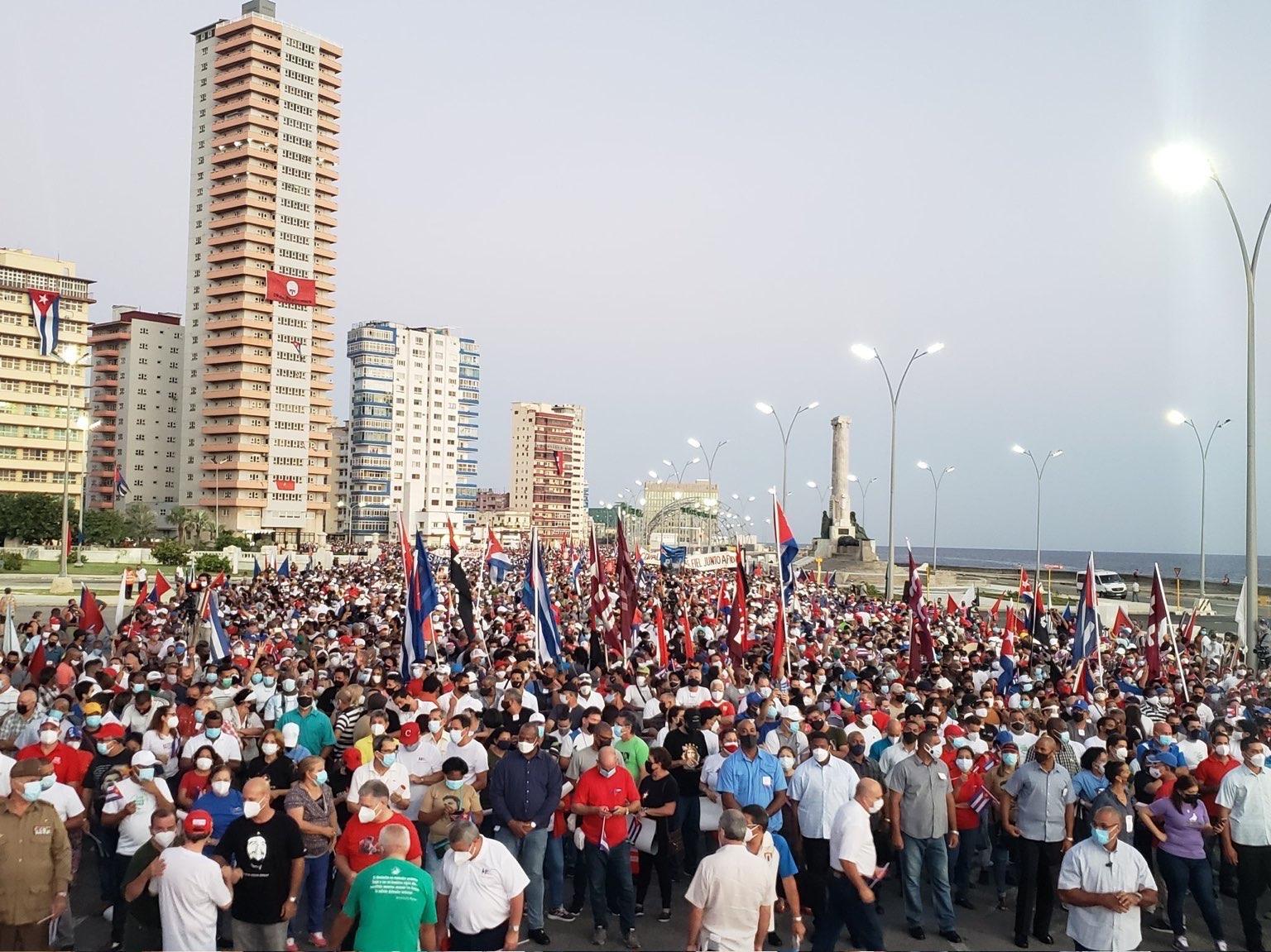
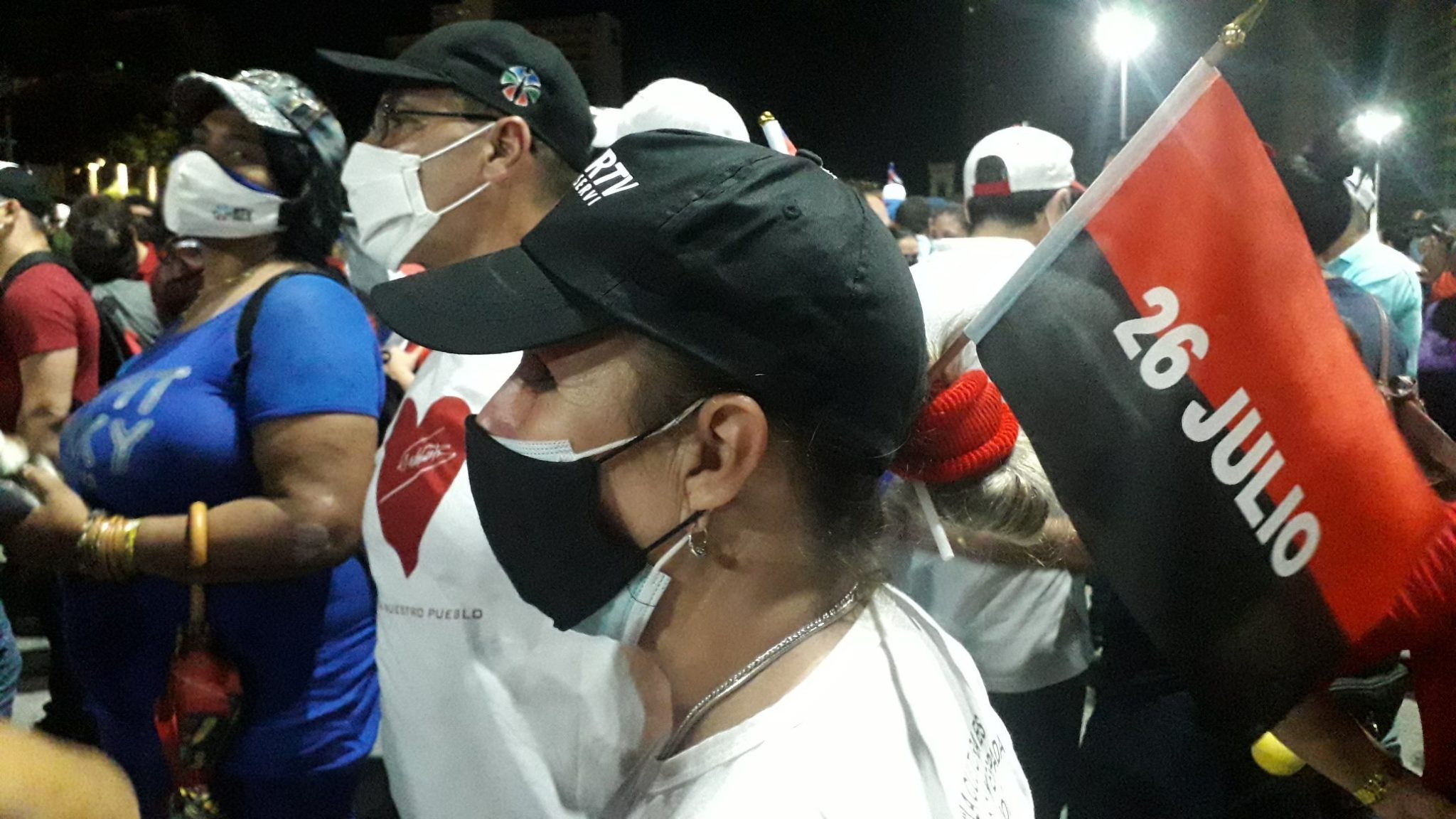

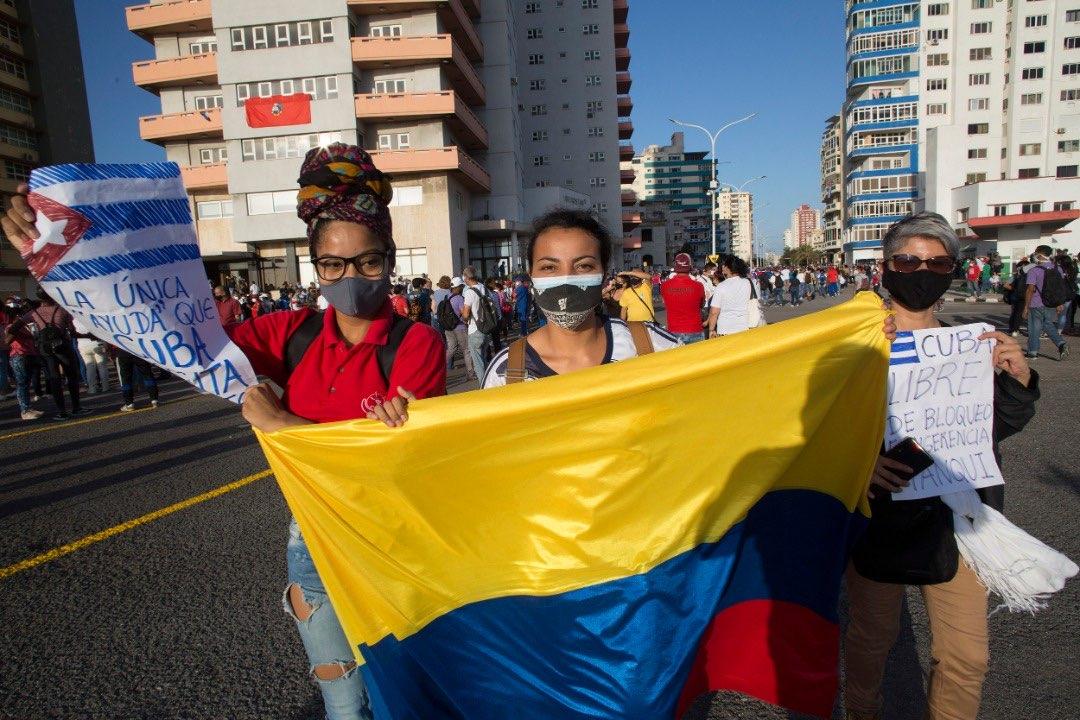
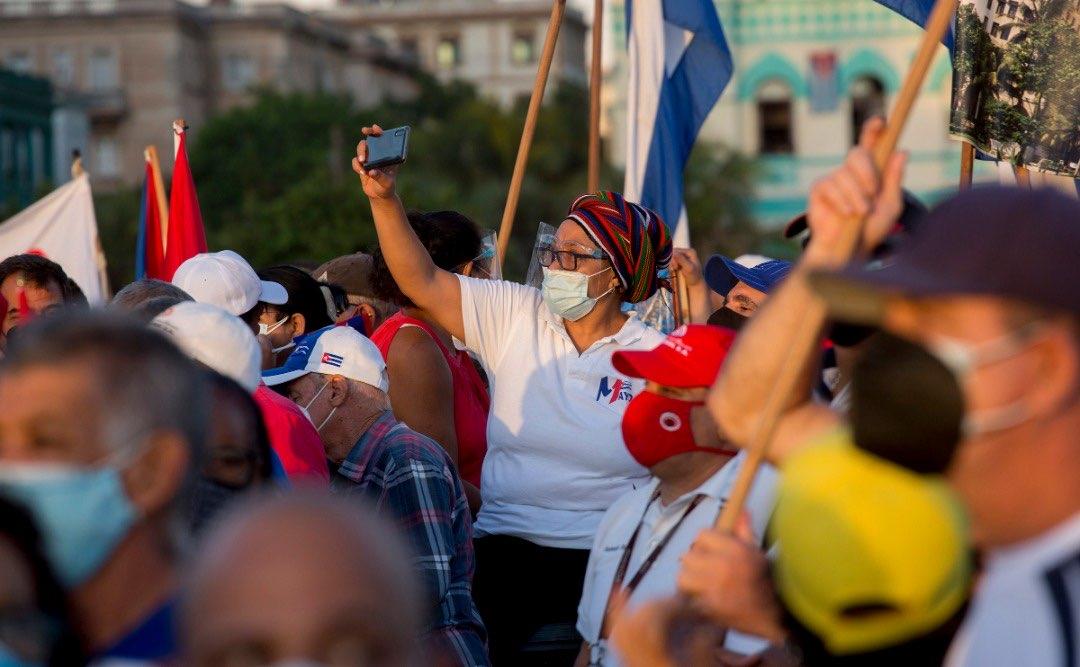
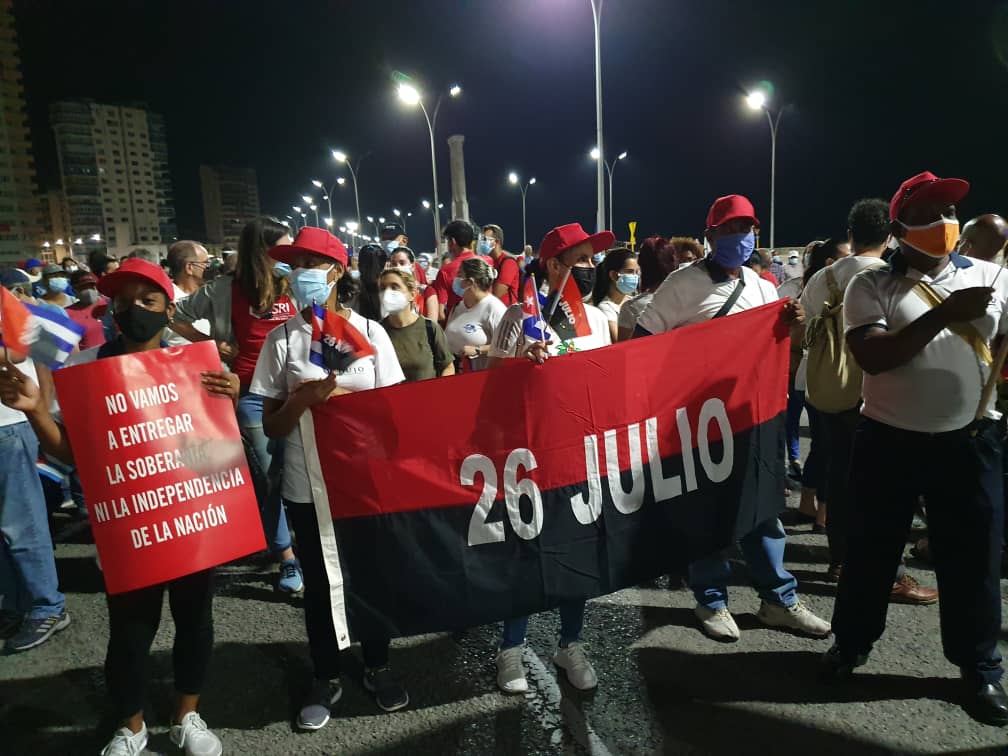
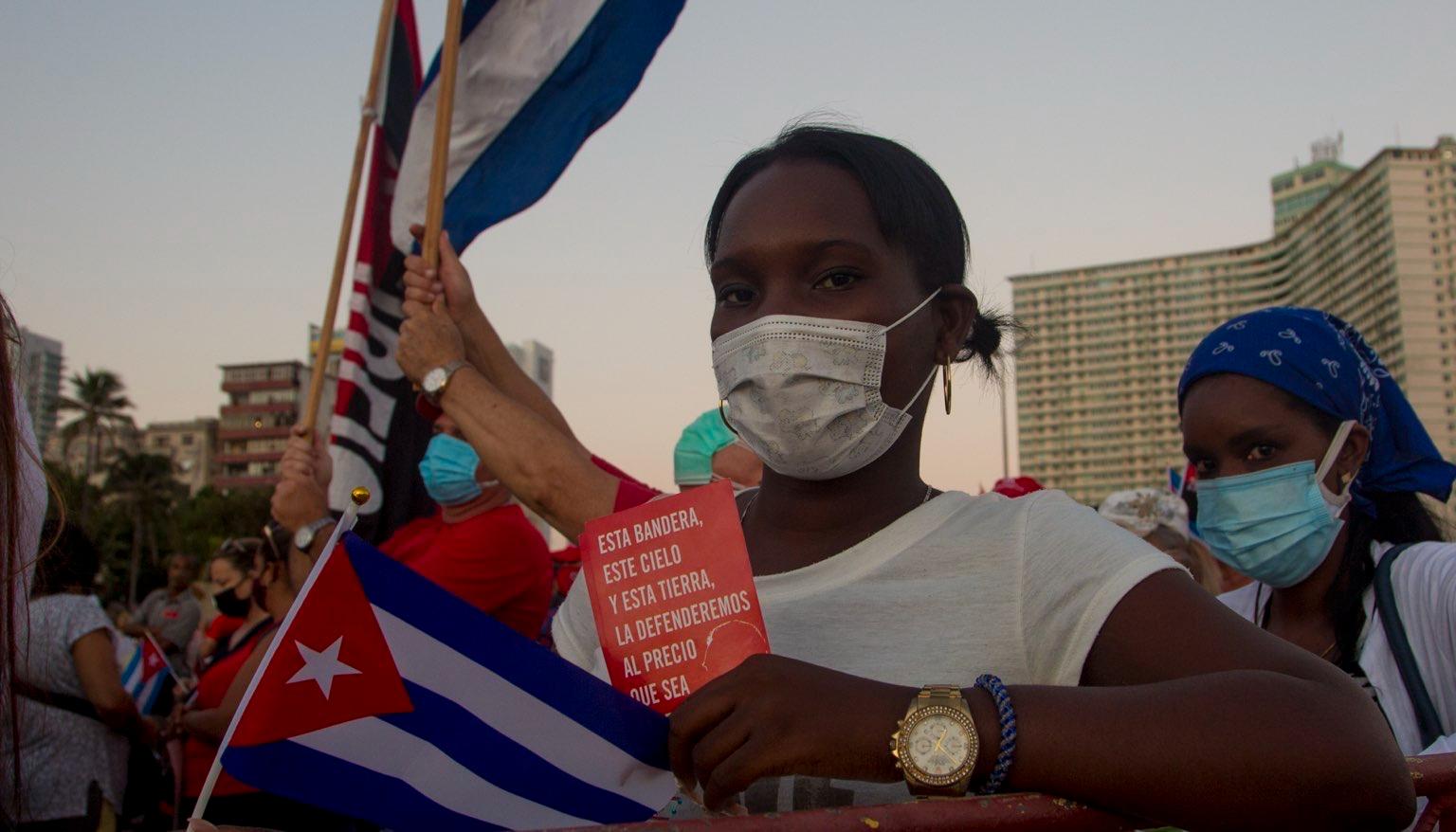
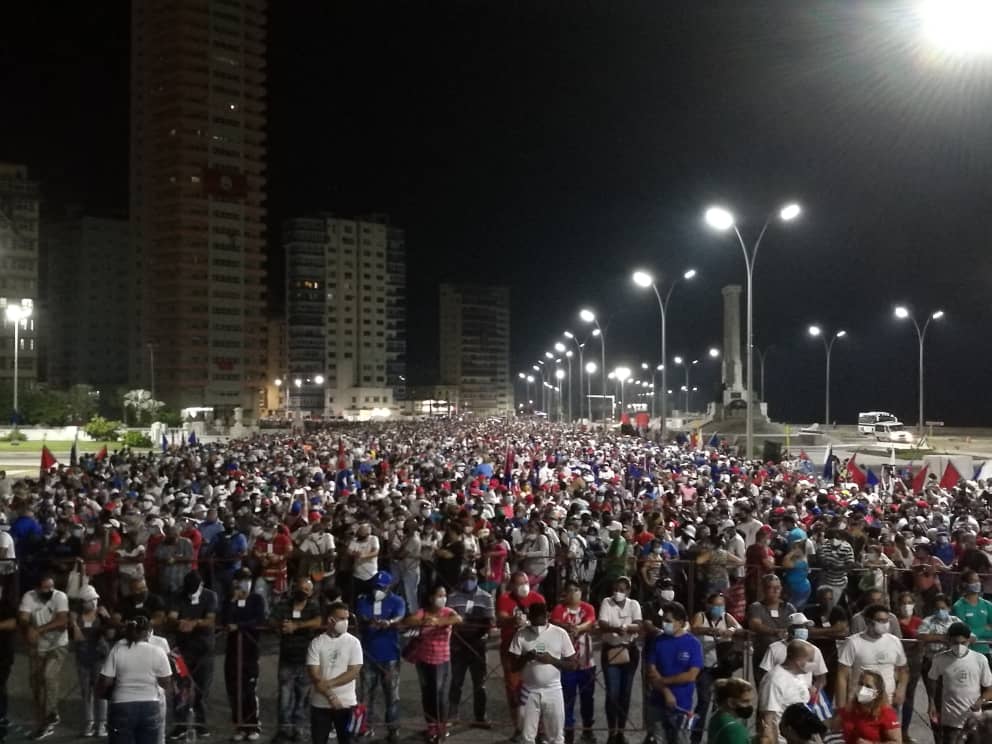


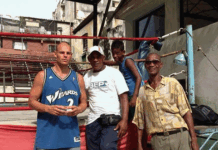

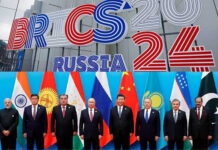
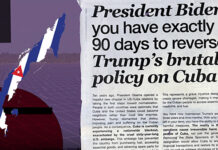
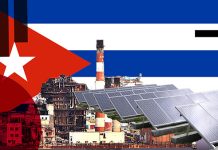





[…] to construct what is internationally recognized as one of the best health care systems in the world.39 Cuba’s comprehensive social care emphasizes the impact of biological, social, cultural, economic […]
[…] di un’analisi reificata che spoglia la realtà cubana del suo contesto. Ignora le pressioni storiche dell’essere una piccola isola a 90 miglia di distanza dal più grande impero del mondo; un […]
https://www.youtube.com/watch?v=5yfRgst37cE
Abajo el bloqueo..basta ya de abusooo con el pueblo cubano y hacer propagandas mediáticas .
Un país bloqueado como cuba ha sido capaz de desarrollar sus propias vacunas, los cubanos de la isla la inmensa mayoría no le interesa pluripartidismo ni cantos de sirenas de lecciones de democracia..levanten el bloqueo yterminen ya de financiar cambios aquí..
Hay mucho dinero pagando el cambio..y créanme sabemos bien lo que quieren ..hacer con Cuba..y eso no vamos a retroceder..
[…] https://covertactionmagazine.com/2021/08/12/anti-government-protests-in-cuba-provoked-by-u-s-embargo… […]
With 68,300,000 hits on google, its unlikely to be very new.
[…] en Cuba”, American Bar Association Journal , vol. 47, núm. 1 (1967), págs. 48-51. ↑Carlos L. Garrido es un estudiante graduado de filosofía cubanoamericana y profesor de la […]
[…] González, “Temporadas de resistencia”, pág. 694. ↑ […]
[…] Franklin W. Knight, Sociedad de esclavos en Cuba durante el siglo XIX (Madison: University of Wisconsin Press, 1970), pág. 3. ↑ […]
[…] Una condición similar existía en otras industrias , “a finales de los años 50, los intereses financieros de Estados Unidos incluían el 90 por ciento de las minas cubanas, el 80 por ciento de sus servicios públicos [y] el 50 por ciento de sus ferrocarriles”. Para un pequeño porcentaje de cubanos, los que componen la primera generación de exiliados, esta condición era un paraíso: “En 1946, menos del 1% de todos los agricultores cubanos controlaban el 36% de las tierras agrícolas, y el 8% de los agricultores controlaban el 70%. de tierras de cultivo “. [5] […]
[…] español, no fue hasta el siglo XVIII que Cuba se convirtió en el cubo de azúcar del mundo. [1] A partir de 1763, la economía de exportación cubana se centró en el azúcar, un proceso que […]
[…] Por Carlos L. Garrido. publicado en Cover Action Magazine. […]
Ironic that the worst crime the Imperialists can commit against the Cuban people is its steadfast refusal to exploit them by engaging in trade with them. Meanwhile, the largest source of Cuba’s hard currency continues to be remittances from Cuban immigrants living in the U.S. ($900m to $1.5b per year) where they benefit from the most generous immigration policy afforded ANYONE – even Canadians. A Cuban who manages to find his way to the U.S. legally wiil be given employment authorization immediately, permanent residency in about a year. Those who come illegally may have to wait up to a year for employment authorization (until recently it was only a few months) based upon their inevitable application for asylum, and even if they are not ultimately granted asylum as most are ( 60% of asylum applications are granted by the USCIS. Those it refuses go to Immigration Judges which approve another 30% of the Cubna application for an over 70% grant rate) they still go on living an working in the U.S. – and remitting money to Cuba, the rest of their lives, since there are virtually no removals to Cuba. Far from being the source of Cuba’s woes, a good argument could be made that the U.S – by providing a ready safe have for all Cuban malcontents to run to, and a steady source of funds from abroad – has in fact been keeping the government in power. And why is it suprising that more Cuban turned out in favor of the government than opposed? Did it have anything to do with the fact that many of those protesting against the regime were arrested?
La realidad es que cuando un criterio, se sustenta sobre una base pasional, el ser humano es capaz de producir grandes mediocridades, así califico su criterio, existen casi 60 millones de inmigrantes en USA de diferentes países del mundo y todos mandan parte del dinero que les pagan por su trabajo a sus familiares, esto es algo natural, este ingreso no se limita como es el caso que ahora hacen con Cuba.. ¿Como justificar una acción tan criminal de una gran potencia contra una pequeña nación de 11.3 millones de habitantes donde existen unos cientos de opositores financiados?, que país del mundo por rico que sea puede vivir así?, que norma jurídica internacional protege tal criminal acción? Es un acto unilateral criminal, que lo condena el mundo, pero el imperio del mal, no les interesa, su criterio se emite desde la sombría comodidad y el confort, sepa usted, que ustedes son pobres, bien pobres, no importan sus riquezas materiales, pues en el mundo de los valores humanos son la basura de la historia, que ya es hora de destruir
[…] Research, August 13, 2021CovertAction Magazine 12 August […]
[…] https://covertactionmagazine.com/2021/08/12/anti-government-protests-in-cuba-provoked-by-u-s-embargo… […]
Such propaganda isn’t limited to the US, the world famous Auntie BBC is worse. People here tend to think most media organisations / journos are liars and biased at best, but, they tend to believe (unless you’re a Daily Mail jackboot type) the Beeb as unbiased and even hostile to UK foreign policy. I suppose that’s what dictators need to do, allow people to think they’re free as opposed to using a hammer to tame the plebs.
And dictators have no problem with people condemning them routinely on the internet. Just look at the happy netizens of Iran and China.
For readers like myself who have never heard the word netizen before, a netizen is a citizen who uses the internet. Thank you for introducing this new word to me.
网友指的是利用网络相识的朋友,是一种特殊的朋友。 与一般意义上的朋友的不同在于:是通过网络媒介物而相识乃至相知的,即现实中见面较少或根本没有见面仅仅通过互联网认识的人。